In recent years, summer temperatures have become higher and longer. In late May 2020, most cities in the Yangtze River Delta announced that the summer start time this year was advanced. At the beginning of June, seeing that I was not very busy, the idea of finding a place to escape the heat and relax gradually grew.

Looking at the map, Qingcheng Mountain and Siguniang Mountain near Chengdu are world cultural heritage sites and world natural heritage sites, with lush forests , the winding path is secluded, the scenery is beautiful, the scenery is pleasant, I think it is more suitable.


[Day 1] Shanghai→ Chengdu
[Day 2] Qingcheng Shanqian Mountain Scenic Area Free Travel, Chengdu People's Park, Kuanzhai Alley
[Day 3] Siguniang Mountain Shuangqiaogou Scenic Area Group One-day Tour
[Day 4] Chengdu →Shanghai
 >This time, I was deeply impressed, first, "Qingcheng Tianxia You" lived up to its name, with layers of mountains and green trees, Taoists really knew how to choose a place, the high temperature outside was more than 30 degrees, and the mountains were quiet and peaceful. Second, Siguniang Mountain is like a paradise, with snow-capped mountains, glaciers, waterfalls, woods, grasslands, meadows, and streams, which make people linger.
>This time, I was deeply impressed, first, "Qingcheng Tianxia You" lived up to its name, with layers of mountains and green trees, Taoists really knew how to choose a place, the high temperature outside was more than 30 degrees, and the mountains were quiet and peaceful. Second, Siguniang Mountain is like a paradise, with snow-capped mountains, glaciers, waterfalls, woods, grasslands, meadows, and streams, which make people linger. 

There is no need to worry about altitude sickness along the way, there are many green plants in the mountains, high oxygen content in spring and summer, Qingcheng Mountain is 1600 meters above sea level, and it will not be high; The altitude of Shuangqiaogou in Siguniang Mountain is 3200~3800 meters, and it is generally not high.

[Transportation fee] 1022 yuan: 350 + 472 = 822 yuan for round-trip airplane, 200 yuan for online car-hailing and subway.
[Accommodation fee] 360 yuan (3 nights, member price)
[Catering fee] 200 yuan
[Ticket] 441 yuan. Qingcheng Mountain Qianshan ticket is 78 yuan, sightseeing car is 10 yuan, and the ascending ropeway is 35 yuan, and the one-day tour of Siguniang Mountain is 248 yuan (including tickets), and the sightseeing car is 70 yuan.
Total: 2022 yuan.

During the epidemic prevention period, the plane ticket is really cheap, more than 3,600 kilometers round trip from Shanghai to Chengdu, the round-trip ticket is less than 800 yuan, and the train ticket is more than this price.


Sichuan cuisine is not only delicious, but also not expensive, a large plate of sweet and sour pork is only 29 yuan, and a large pot of beef rice noodles is 13 yuan. The country of heaven is rich in products and a very "Bashi" place, and there is an opportunity to take a walk and feast on the eyes, mouth, and ears.



Qingcheng Mountain is a world cultural heritage, a national 5A-level tourist attraction, and one of the four famous mountains of China. It is located in the southwest of Dujiangyan City, Chengdu, 68 kilometers away from Chengdu City and 16 kilometers away from Dujiangyan City.


Qingcheng Mountain is divided into two scenic spots, Qianshan and Houshan, Qianshan is dominated by cultural heritage, and Houshan is known for its natural scenery, enjoying the reputation of "Qingcheng Tianxia You". I visited Qianshan this time.

From Chengdu to Qingcheng Mountain, you can take a car, self-drive, or join a group, and the most convenient way is to take the intercity train to travel freely. From Xipu Station to Qingchengshan Station, it takes more than 30 minutes and the fare is 10 yuan.



After arriving at Qingchengshan Station, turn left at the exit for 100 meters and take bus No. 101 (fare 2 yuan, cash only, currently does not support WeChat and Alipay), 5 minutes to the parking lot of the scenic spot, and then take the scenic battery car to the ticket office.


My tour route in Qianshan Scenic Area: Shanmen → Natural Pavilion→ Yile Wo→ Yuecheng Lake → (Ascending Ropeway) → Ciyun Pavilion→ Daozi Wall→ Shangqing Palace→ Cliff Rock Carvings→ Spectacular Terrace→ Chaoyang Cave→ Ancestral Master Hall→ Visiting Ningqiao→ Throwing Pen Slot→ Quanzhen Temple→ Tianshi Cave→ Wudongtian→ Natural Pictures→ Yinsheng Pavilion→ Yile Wo→ Mountain Gate. Take the ropeway up, hike along the mountain road down, and circle the mountain counterclockwise.

It should be reminded that this itinerary will go back to the Ningqiao-Zushidian section. On the way to the ancestral hall, you will pass through the fork in the picture above, whether you go up on the right or down on the left, you will go to the ancestral temple, one is to the front door, the other is to the back door, and you will turn to this fork when you return, but because there is no guide sign here, it is easy to go in circles. I met two tourists on the way, and they were both fainted and couldn't get out. Perhaps the scenic spot is cultivating tourists' ability to see pictures: "We have set up a lot of tour maps, which are clearly marked, who let you not see them yourself."

It takes at least 5 hours to play the entire Qianshan Scenic Area, if you take the subway from Chengdu City, transfer to the city railway, take a sightseeing bus to the scenic spot, and take the city railway back to the city after playing, it will take eight or nine hours before and after. I left at 6:30 this morning, left the scenic spot at 3:30 pm, and arrived in the city at nearly 5 o'clock.


Qingcheng Mountain, one of the birthplaces of Taoism, has many Taoist buildings, historical relics, legends and stories, beautiful scenery, and full of greenery, whether it is asking Taoism, sightseeing, or summer vacation , health preservation, are all worth coming.

Thousands of trees are lush, green shade and sun, and the temperature outside the mountain is more than 30 degrees, and the mountains are cool and pleasant.

From the foot of the mountain to the pavilions and pavilions on the top of the mountain, there is a pavilion for one or two miles, a pavilion for three or four miles, and one for five or six miles, some on one floor, some on two floors, and some on three floors.

Of course, as long as it is a mountain, there is a mountain road, and you have to climb it. Even if you take the ropeway, you have to climb a lot of mountain roads, and it is impossible for the ropeway to send you directly from this attraction to the next. Qianshan Scenic Area also has a characteristic, the road down the mountain has an uphill slope, and the road up the mountain is also downhill, and it will be more difficult to walk all the way, so you must be mentally prepared for this. This time I walked more than 20,000 steps up and down, and my legs and knees were tested, but my calves were still a little sore after two days.

The next step is the picture singing the protagonist, and the pictures are sent in the order of the tour.






Yuecheng Lake, it is recommended to walk around the lake, you can take pictures, or you can take a boat, 3 minutes, 10 yuan.



Take the ropeway up

Laojun Pavilion at the highest point of Qianshan Mountain and the top of Pengzu Peak at an altitude of 1260 meters

 The
The ascending ropeway is the East Mountain Gate "Ciyun Pavilion", which mainly enshrines the immortal of Buddhism and Taoism - Guanyin, which is called Cihang Zhenren in Taoism.
 On
On both sides of the mountain gate are the land lord and the town mountain king

 "
"crafts" are lined up along the way

Convenient "lazy" slide rod


Dao Zi Bi


Taoist restaurant, Taoist tea garden





Shangqing Palace is located halfway up the mountain, about 500 meters from the peak. It was built in the Jin Dynasty, and the existing temple was built during the Tongzhi period of the Qing Dynasty. The palace enshrines Li Laojun, the ancestor of Taoism, as well as legendary relics such as the statue of Lao Tzu, the 5,000-word woodcut of the Tao Te Ching, the Magu Pool, and the Mandarin Duck Well, which are not open to the public due to the epidemic, so it is impossible to talk about reaching the top of the Laojun Pavilion.
 The
The three words "Shangqing Palace" are handwritten by Chiang Kai-shek in 1940; The joint text on both sides is from Lao Tzu's "Tao Te Ching", "In today's hundred grasses inherit the yuan, since ancient times the famous mountains have been waiting for the saints", inscribed by Yu Youren; "The teaching of virtue and non-action is unspoken, and Dacheng is clear if there is a lack of heaven", Feng Yuxiang inscribed.


A piece of announcement, closed management


The cliff carved "the fifth mountain in the world", "the first peak of Qingcheng", and "the natural holy site"










Chaoyang Cave is located at the foot of Laoxiaoding Rock, the main peak of Qianshan, and is said to be the habitat of Ning Fengzi's father-in-law. Father-in-law, in ancient times, refers to the elderly Ning Fengzi, also known as Longqiao Zhenren, was one of the six teachers of the Xuanyuan Yellow Emperor. When he was cultivating Taoism in Qingcheng Mountain, he helped the Yellow Emperor defeat Chiyou and unify the Chinese nation.In order to express his gratitude, the Yellow Emperor named Ning Fengzi "Five Mountains Elder" and led the hundred gods of Sichuan and Yue, so Qingcheng Mountain was also called "Elder Mountain".





Visit Ning Bridge, visit the bridge where Ning Fengzi passed. According to legend, the Yellow Emperor crossed the bridge and climbed to the top of the peak to pay respects to Ning Fengzi as a teacher.



As mentioned above, here at Wanning Bridge, go up the mountain road to the ancestral hall, and return the same way after the tour, with a round-trip distance of about 3 kilometers.

 The
The Ancestral Hall, also known as the True Military Officer, was founded in the Tang Dynasty, where Princess Yuzhen, the daughter of Emperor Ruizong of Tang, studied Taoism in order to become an immortal.
 The
The hall contains statues of immortals such as Patriarch Zhenwu, Lü Dongbin, and Tie Gui Li, as well as murals of the Eight Immortals, poetry and inscriptions, etc. The Taoist priest inside is very responsible and does not allow tourists to take pictures.





pen throwing groove, a masterpiece of crustal movement, the rift is about 300 meters deep and 20 meters wide.



The famous Tianshi Cave has arrived. Tianshi Cave is the core of the Qingcheng Mountain Taoist temple, which was built during the Sui Dynasty, surrounded by mountains on three sides, facing caves on one side, and ancient trees towering into the sky, very quiet. There are statues of the "Heavenly Master" Zhang Daoling and his thirty-generation grandson "Xujing Heavenly Master" in the cave. According to legend, at the end of the Eastern Han Dynasty, Zhang Daoling preached here. The main hall is the "Sanqing Hall", and behind the hall are monuments such as the Yellow Emperor Temple and the Tianshi Cave. There is an ancient ginkgo tree in front of the cave entrance, which is said to have been planted by Zhang Tianshi himself, and is more than 2,000 years old.


Insiders look at the doorway, we laymen also look at the liveliness, the shape and color of the building, the content and length of the joint text, the font of calligraphy, the strength, etc., it is estimated that there are very few tourists who have truly risen to the level of Taoism and nature, the unity of nature and man, and tranquility and non-action. This is also the reason why the title of this travelogue does not write "Qingcheng Mountain asks" like many people.










 The
The upper and lower two words are "Penglai"


Enter and exit the "Five Cave Heavens" archway in the Tianshi Cave. The cave heaven is a famous mountain scenic spot where immortals live, and Taoism has a total of ten cave heavens, and Qingcheng Mountain is known as the "fifth cave heaven".

Ten cave heavens: the first Wangwu Mountain Cave (Wangwu Mountain, Jiyuan, Henan), the second Weiyu Mountain Cave (Zhejiang Huangyan Weiyu Mountain), the third Xicheng Cave (known as Zhongnan Taiyi Mountain), the fourth Xixuan Mountain Cave (Shaanxi Huashan), the fifth Qingcheng Cave (Dujiangyan Qingcheng Mountain), the sixth Chicheng Cave (Zhejiang Tiantai Chicheng Mountain), the seventh Luofu Mountain Cave (Luofu Mountain between Zengcheng and Boluo counties in Guangdong), the eighth Juqu Mountain Cave (Jurong Maoshan, Jiangsu), the ninth Linwu Cave (Wu County, Jiangsu), The tenth Kuocangshan Cave (Kuocang Mountain between Xianju and Linhai counties in Zhejiang).







The Quanzhen Temple was restored and rebuilt in 1996, including the Cihang Hall, the Seven Truths Hall and the Five Ancestors Building. The front hall is dedicated to the Taoist Cihang Zhenren (Buddhist Guanyin). The apse is dedicated to the seven disciples of Wang Chongyang, the founder of Quanzhen Dao. Above the Seven Truths Hall is the Five Ancestors Building, which enshrines Wang Xuanfu, Wang Chongyang, Liu Haichan, Lü Chunyang, Zhong Liquan and other "Five Ancestors".








Natural Picture Workshop, a ten-cornered double-eaves pavilion, built during the Guangxu period of the Qing Dynasty (1875~1909). The reason why it is called a "natural picture" is because it is lush and green, and the scenery is beautiful, and tourists feel like they are in a painting.

When I first heard the word "natural picture", I thought it was so beautiful here, and I saw it on the spot, but it was so, maybe it was aesthetic fatigue.






"Come on Wuhan, come on China"
 A
A small pause gives rise to a wonderful idea, and a clear song moves the cold.

Qingcheng Mountain is also a cultural mountain, and there are many ink marks along the way. For example, "Mountaineering and staying in this pavilion, enjoying the scenery will meet immortals in this place", "Pine cypress hides in the three islands of cranes, and the towers are idle locked in the clouds", "The scenic spot crowns the two rivers and looks at the thousand factions of Min'e, and the five mountains of the great name are shocking and stormy", "All good practices can seek Guanyin Pudu, and all evils can be on the Bodhisattva Cihang", "Take a break and cool nature, why blessed to come to the blessed land in this life, and climb to the top of the mountain to see the rising sun", and so on. These words either recite scenery and feelings, or rely on things to express their aspirations, giving people profound inspiration.


Qingchengshan Taoist College


After spending most of the day in the mountains, my stomach is now growling. There happened to be a fast food restaurant next to Qingchengshan Station, and I ate a bowl of dumplings for 16 yuan.


From Qingcheng Mountain back to Chengdu City, it was already 6 o'clock in the evening to People's Park. When I looked up, the sun was still high in the sky, and the sunset time in the western region was an hour later than in the east.

Then find another place to hang out. The famous wide and narrow alleys, I have been to Chengdu several times and have not been there, just to take a look. People's Park is nearby, take a turn.


People's Park, formerly known as Shaocheng Park, was built in 1911 and is the first park in modern Sichuan, and is now a 4A-level scenic spot. The park has national key cultural relics Xinhai Qiubao Road Death Monument, the historical building Heming Tea Society, and modern buildings such as the Sichuan Military and Civilian Anti-Japanese War Documentary Exhibition Room, Jinshui Creek, Bonsai Garden and other scenic spots.




The Xinhai Autumn Baolu Death Monument was built in 1913 to commemorate the compatriots who died in the Sichuan Baolu Movement in 1911 (Xinhai). The stele is located in the northeast and southwest, and consists of four parts: the stele platform, the stele base, the stele body and the top of the stele. The diameter of the round base is about 9.8 meters, the side of the obelisk is about 4 meters long, and the total height of the tower is about 31.85 meters. The stele is engraved on all sides in four fonts: regular script, grass, line, and clerical script.


From November 8, 1938 to December 18, 1944, Japanese militarism bombed Chengdu 31 times, and the rear of the Anti-Japanese War was full of scorched earth. 5,337 civilians were killed and wounded.

Memorial sculpture of compatriots killed in the Chengdu bombing

Sichuan Military and Civilian War of Resistance Documentary Exhibition Room. During the Anti-Japanese War, Sichuan was one of the regions with the largest number of participants and the most tragic sacrifices. In the national anti-Japanese war team, there is one Sichuan for every five soldiers. 3.4 million Sichuan troops participated in the war, with more than 640,000 casualties.





Heming Tea House is a century-old brand, founded in 1923 by a businessman surnamed Gong in Dayi County, and its name comes from its dream of purple light entangled here and white cranes in the pond chirping for a long time.

Many people drink tea and play cards here, there are more than a dozen kinds of tea, the price is between 13-30 yuan, free refills, and the special service "ear picking" (ear picking) is also provided.




The word "Heming" is handwritten by calligrapher Wang Jiazhen



Kuanzhai Alley is located near Changshun Street, Qingyang District, Chengdu, and is composed of wide alleys, narrow alleys, and well alleys arranged in parallel, and is a large ancient street of the Qing Dynasty in Rongcheng. After years of development, it has now become a distinctive commercial pedestrian street and a landmark tourist attraction.


Walking into the wide and narrow alley, the wall sculptures that come into view are very historical.


Shaocheng's family letters: Sending plum blossoms and fish to pass on the ruler, the postman walked through the streets and alleys in the last century, delivering newspapers, magazines and letters that people expected, which became a beautiful memory.

Echoes of the old house: large closets, sewing machines, stone mills, earthen stoves, these old objects that once accompanied the lives of their fathers, made people feel particularly cordial.

Hussar Sizheng: Kuanzhai Alley was once stationed in the Manchurian Eight Banners Army, and horses are one of the important witnesses of history.


Rake ears: In the seventies and eighties of the last century, there were many "biased" bicycles on the streets of Chengdu, which were originally ridden by husbands and wives, named "rake ears". It has become a unique and warm landscape in the city culture.



Kuanzhai Alley is an early and large-scale situational consumption block in China, with the "leisure" of wide alleys, the "trend" of narrow alleys, and the "tranquility" of Jing alleys, it has successfully started Old Chengdu negative, new urban living room" brand, which has become the "first impression" of countless tourists on Chengdu.






Today is more powerful than yesterday, and I have walked more than 30,000 steps.

After a day of surfing, I was hungry, so I hurriedly looked for something to eat.
 I
I ordered two typical Sichuan dishes, sweet and sour pork (¥29) and mapo tofu (¥10). Large quantity, delicious, not expensive.

When I returned to the hotel, I took the subway and found a lot of people, especially young people. I can't help but think of Dalian half a month ago, which is also a tourist city, and it is also a weekend evening, but the flow of people is very different. There is no harm without comparison, which city is sung badly? We must find the reason from ourselves.

I think one of the reasons may be the difference in ideology. Taking this epidemic response measure as an example, Chengdu took the lead in proposing to allow the "stall economy" in the country, and launched the "five permits and one insistence" in March, that is, allowing the establishment of temporary road-occupying stall stalls, allowing street-facing shops to temporarily cross the door, allowing large shopping malls to carry out road-occupying promotions, allowing mobile vendors to sell and operate, and allowing Internet rental bicycle companies to expand the parking area; Adhere to flexible law enforcement and prudent and inclusive supervision. More than two months later, at the end of May, there were 2,234 temporary stalls (places) in the city, adding more than 100,000 jobs, and the effect was obvious, and the superiors also recognized it. Recently, the Central Civilization Office made it clear that in this year's national civilized city evaluation indicators, road occupation operations, road markets, and mobile vendors will not be included in the evaluation and assessment content.


Siguniang Mountain is located between Wenchuan County, Xiaojin County and Li County in Aba Tibetan and Qiang Autonomous Prefecture, Sichuan Province, more than 200 kilometers away from Chengdu City. It doesn't look far, but there are many mountain roads, and it takes more than 4 hours to drive by yourself. You can also take a long-distance bus to Xiaojin County and get off at Siguniangshan Town (formerly Rilong Town), but there is only one shuttle bus a day. Considering that the transportation is not very convenient, I chose to sign up for a one-day tour this time.

Depart from Chengdu to Siguniang Mountain Scenic Area, passing through Dujiangyan City, Zipingpu Tunnel, Yingxiu Town, Wolong Town and other places along the way.







Someone got on the bus to sell oxygen tanks and oxygen bags. Hehe~~ The highest sequoia forest in Shuangqiaogou of Siguniang Mountain is 3800 meters above sea level, and the green plants are lush in spring and summer, and the oxygen content increases.


Siguniang Mountain is the highest peak of Qionglai Mountain on the eastern edge of the Hengduan Mountains, consisting of four peaks lined up from north to south, covered with ice and snow for many years, like four girls wearing white veils, from which the name of the mountain comes from. The four peaks are: Big Girl Mountain, 5,025 meters above sea level; Erguniang Mountain, 5276 meters above sea level; Sanguniang Mountain, 5355 meters above sea level; Yaomei Peak, with an altitude of 6,250 meters, is the main peak of Qionglai Mountain and the second highest peak in Sichuan, known as the "Queen of Shushan".



After more than four hours, we arrived at Maobiliang near Siguniang Mountain Town, which is the best place to enjoy the four peaks of Siguniang Mountain, provided that the weather is good and the visibility is good. We didn't get to appreciate the majestic snow-capped mountains this time, but we harvested the boundless sea of clouds and wonderland.









It was noon when I arrived in Siguniang Mountain Town, and I entrusted the tour guide to book a group meal, 30 yuan per person, with meat and vegetarian food, which was quite good.





Eat and drink, and the next step is to play.
 The
The text on the wall of the tourist service center states: Mao Zedong's "Seven Laws: Long March" "I like the snow of Minshan for thousands of miles, and the three armies are happy after the pass" refers to "Siguniang Mountain" ("China National Geographic" 2003.9)。

The core attractions of Siguniang Mountain Scenic Area are Shuangqiaogou, Changpinggou and Haizigou, of which Shuangqiaogou is the earliest developed and the most complete facilities, and you can take a sightseeing car to visit the whole process; The front section of Changpinggou can take a sightseeing bus, and the back section needs to be ridden or hiked; Haizigou requires horseback riding or walking throughout the journey. Considering the time factor and the degree of hard work, we visited Shuangqiaogou this time.

Shuangqiaogou has a total length of 35 kilometers, mainly snow peaks, glaciers, forests, pastures, grasslands, streams, waterfalls and other landscapes. The tour method is to first take the scenic sightseeing bus up, go directly to the terminal Sequoia Forest (about 1 hour), and then go down one by one to visit the scenic spots, and then take the car to the next scenic spot after one scenic spot. The sightseeing bus departs on a rolling basis, so you don't have to worry about running out of vehicles.

The redwood forest takes its name from the redwood trees that have a long history and occurred at the same time as the Quaternary glacier. At an altitude of 3,800 meters, it is a good place to enjoy the glacier, so remember to slow down.






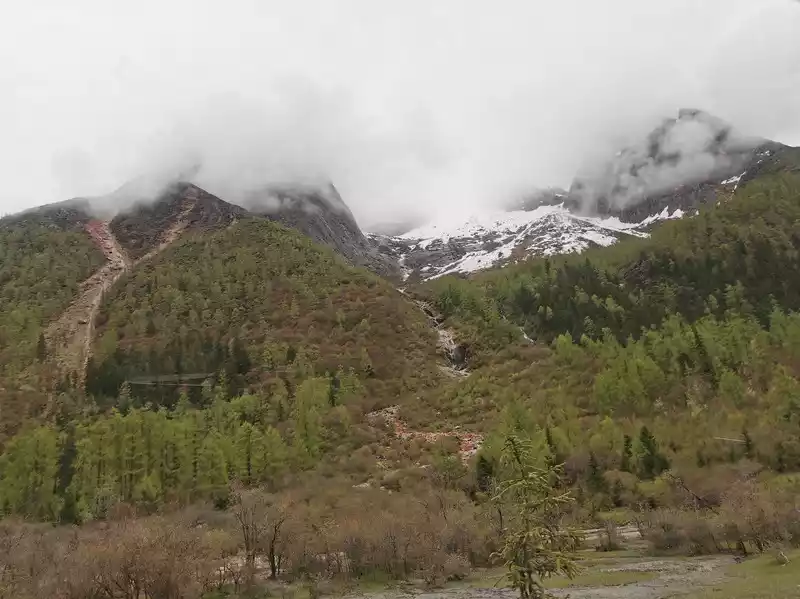
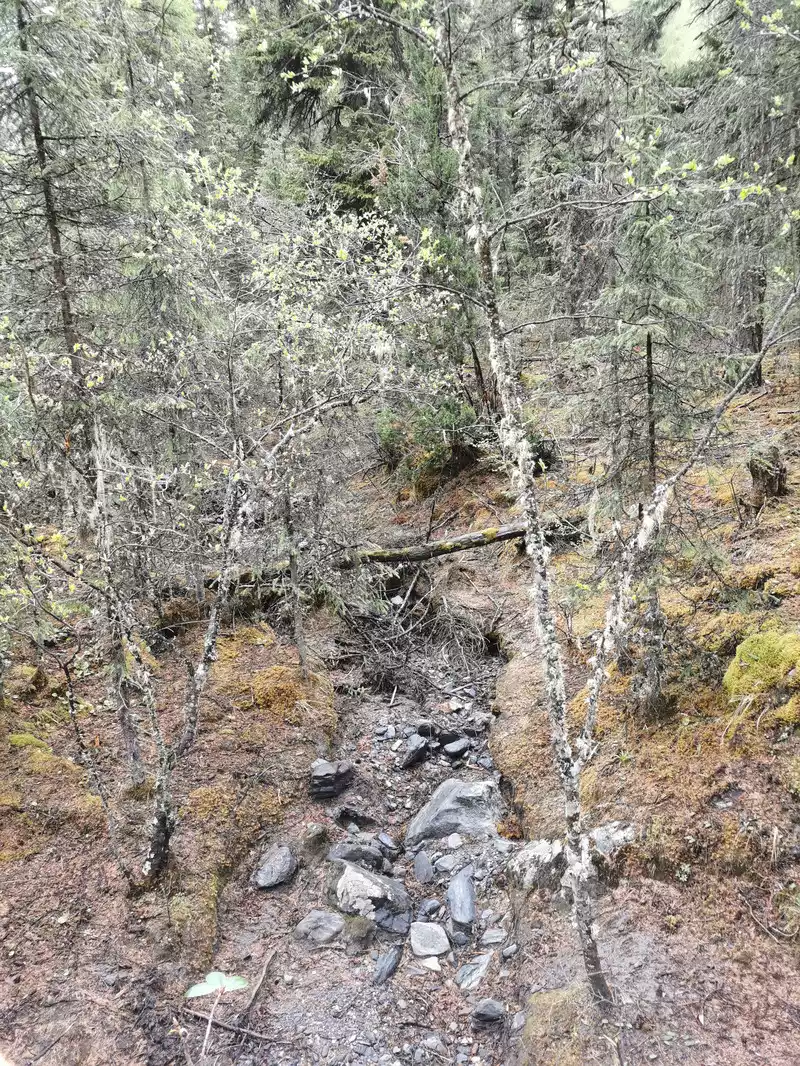
Songrino, with a plush appearance.

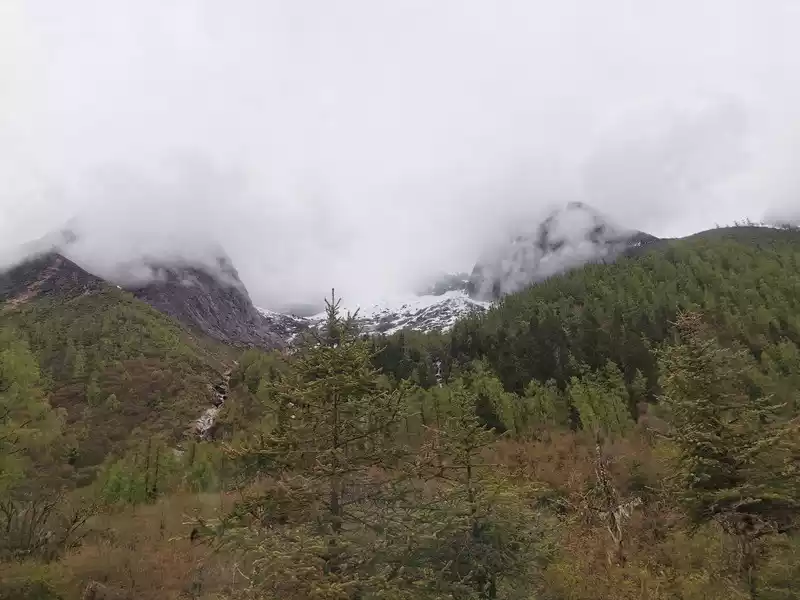
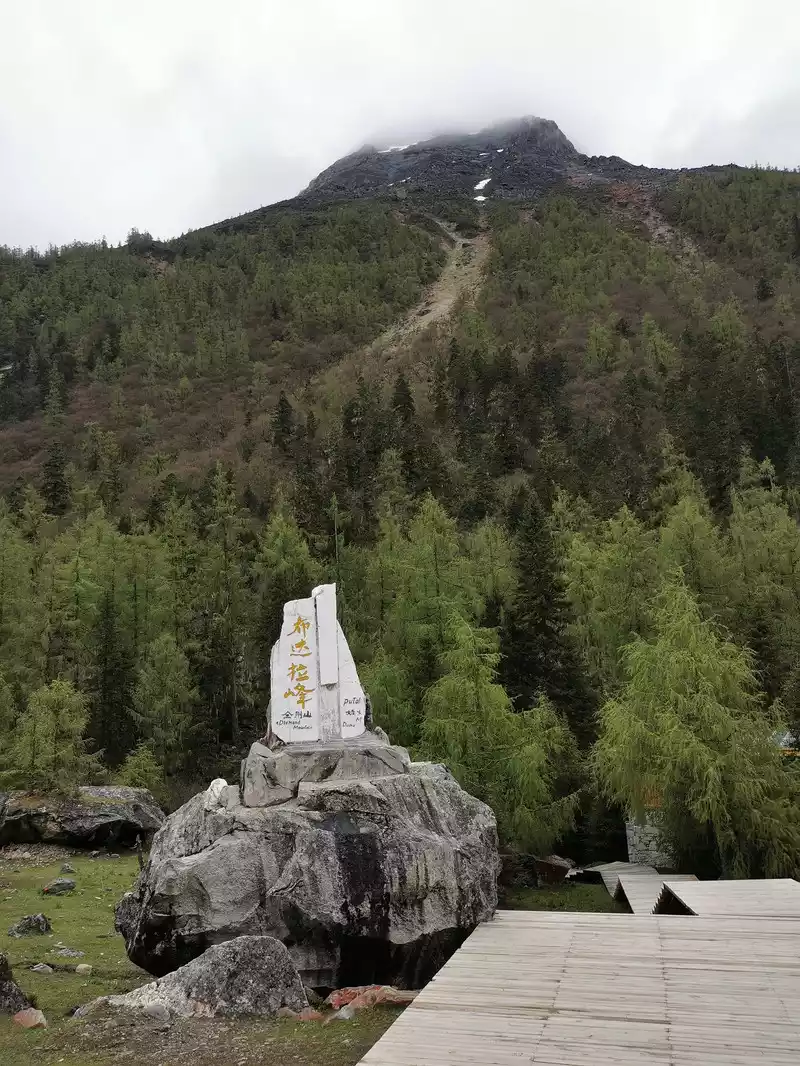
Potala Peak, which looks like the Potala Palace in Lhasa. Because of the clouds and mist, I only saw the general outline, and I saw the real Buddhist Palace in Lhasa last year, so I don't waste time here.
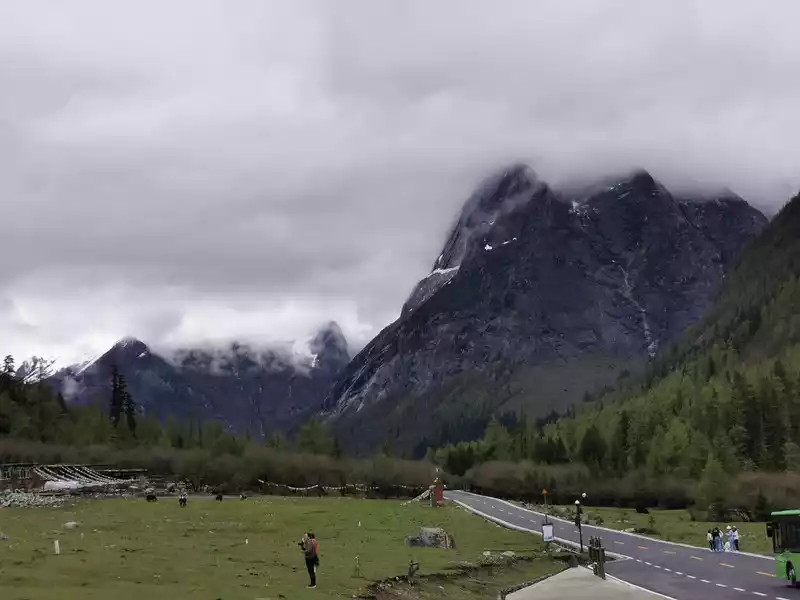
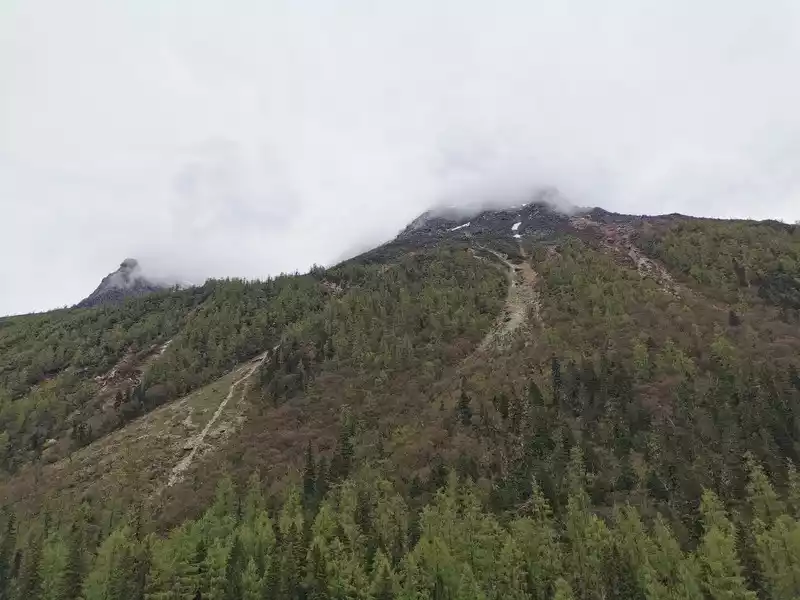
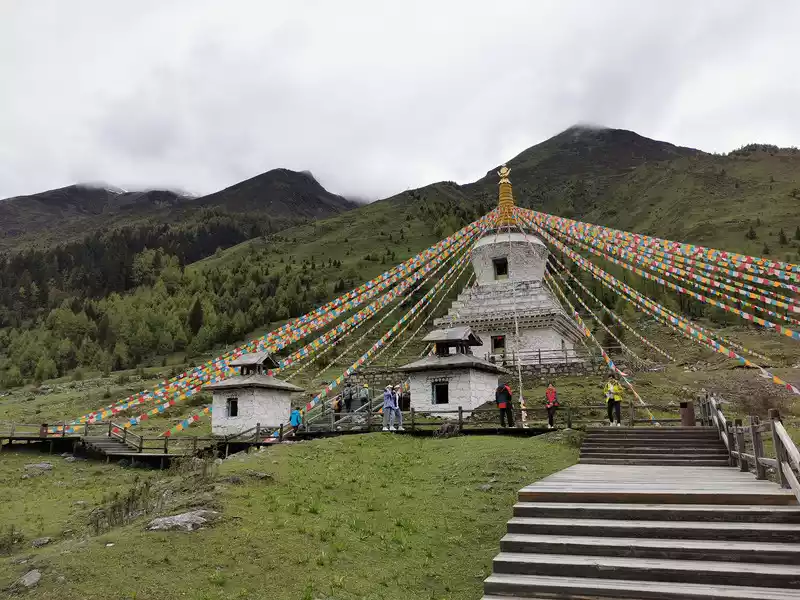
I feel that this place is a bit like the Luorong cattle farm in Daocheng Aden, with grasslands, cattle and sheep, glaciers, and snow-capped mountains.
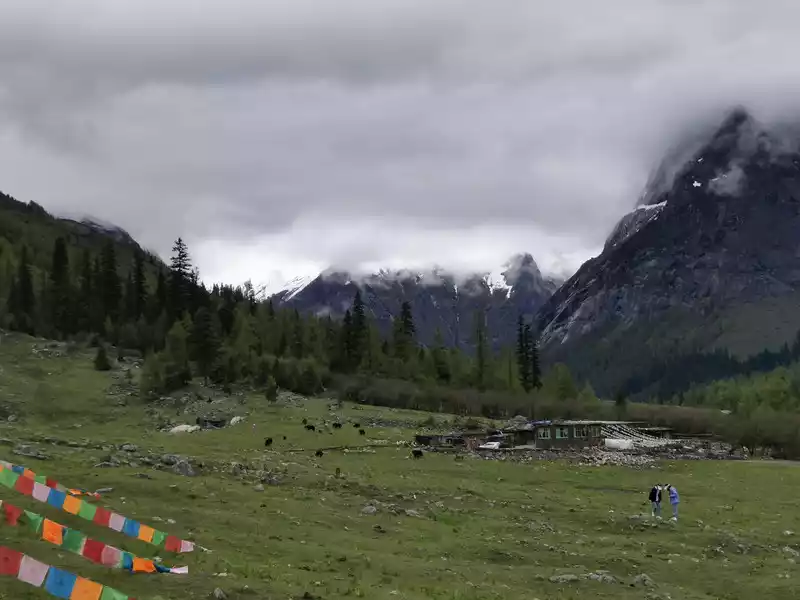
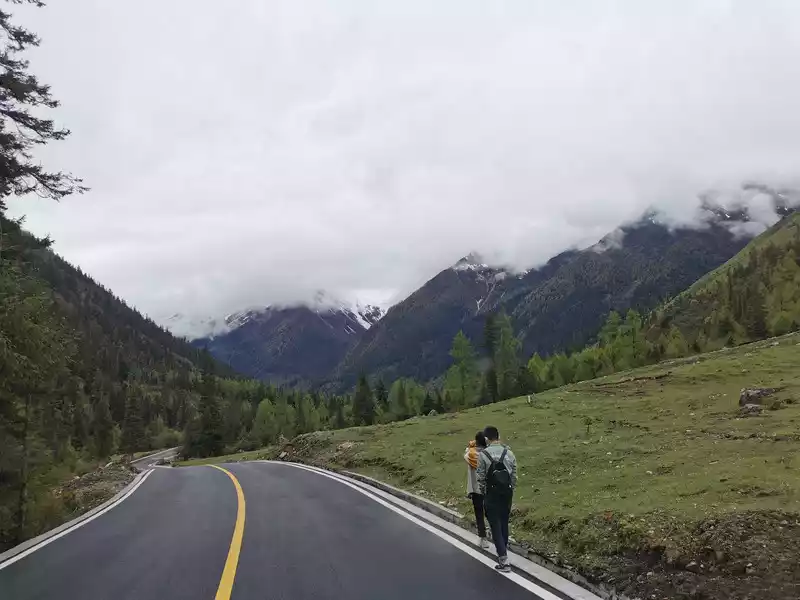
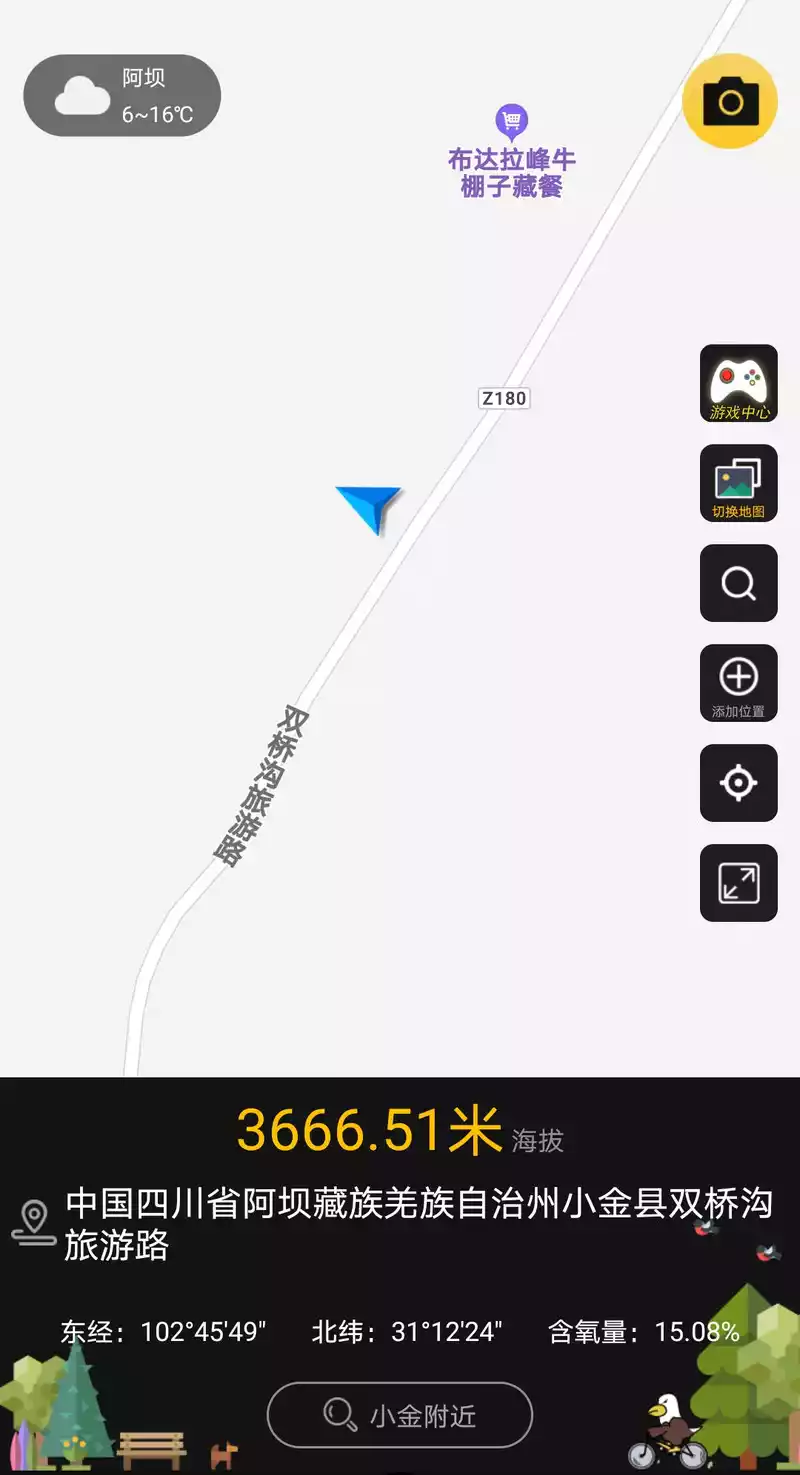
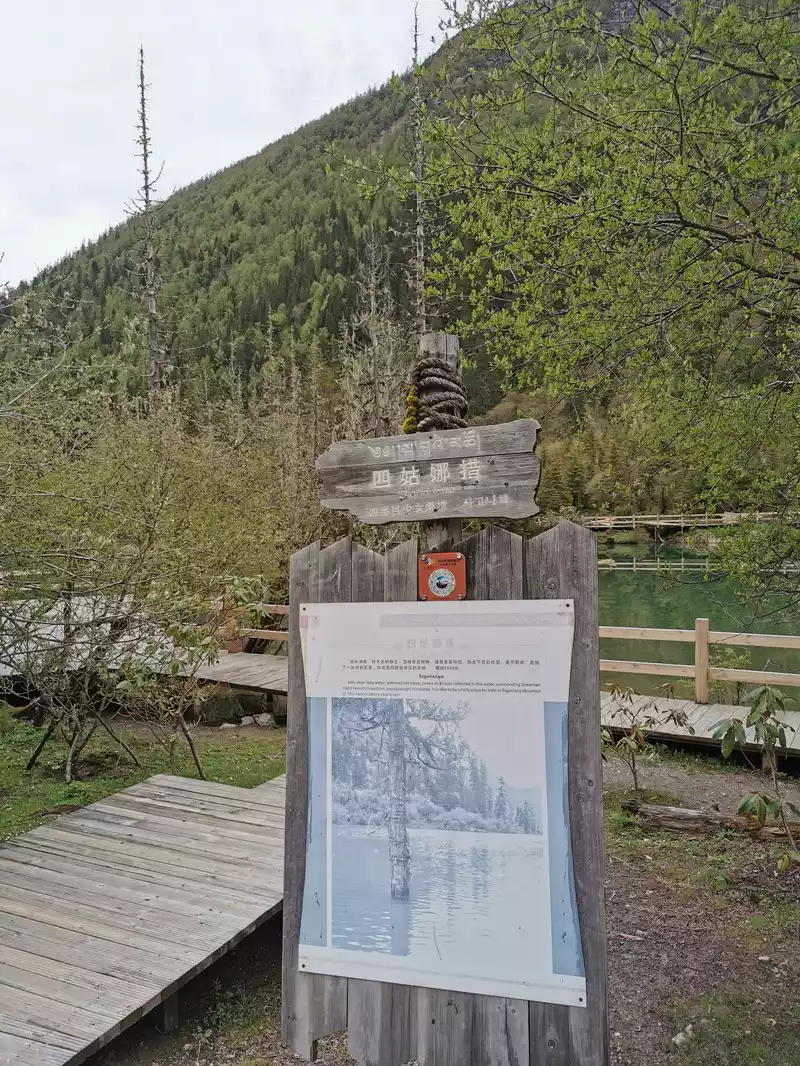
Sigu Nacuo is a dammed lake formed by the debris flow of the Wenchuan earthquake on May 12, 2008. The lake water here is crystal clear, and the reflection of dead wood is clear, like a mirror in the sky.

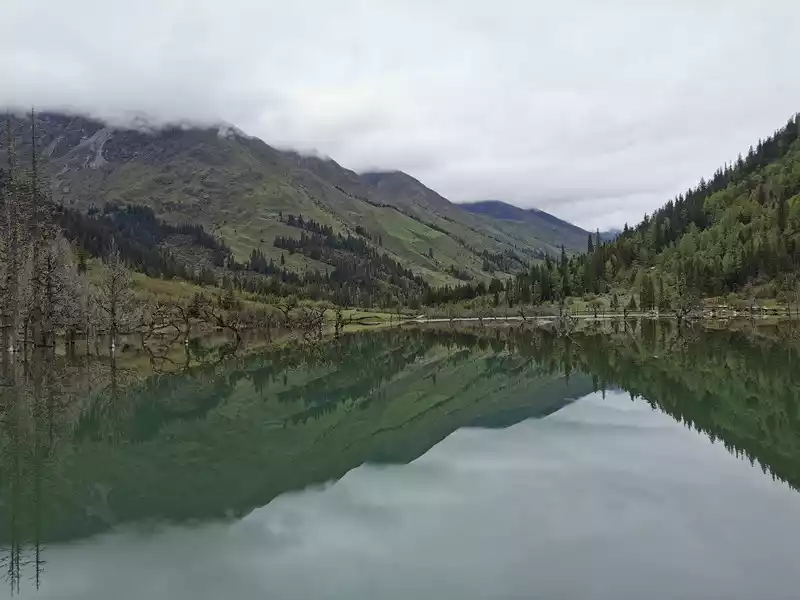
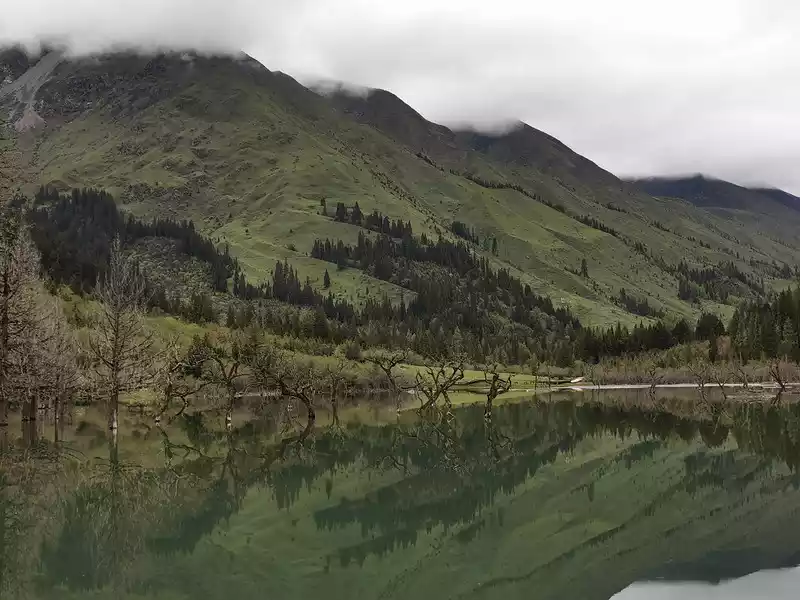
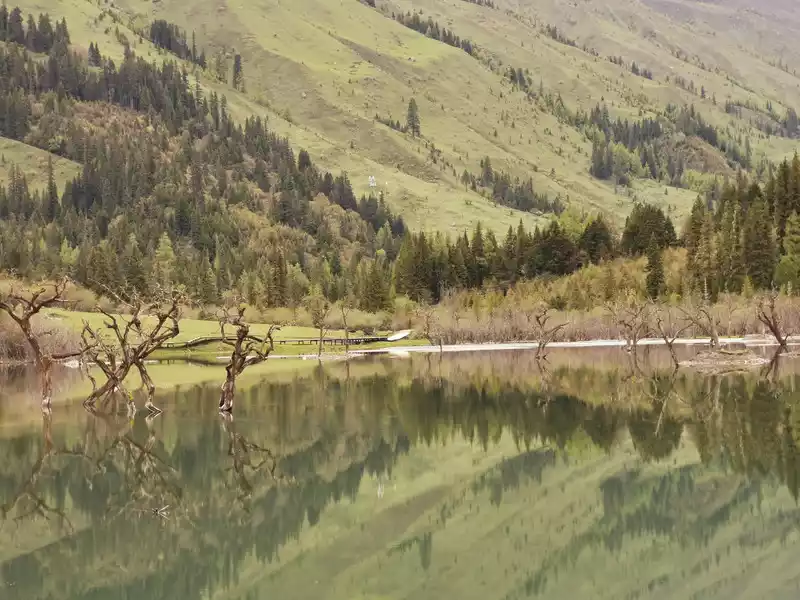
has a bit of the charm of Jiuzhaigou, but the layers of color are not so rich.
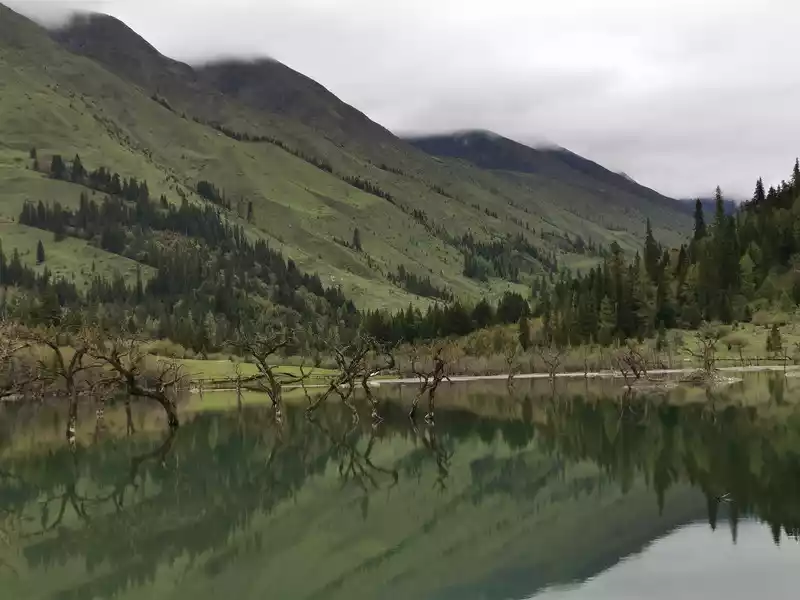
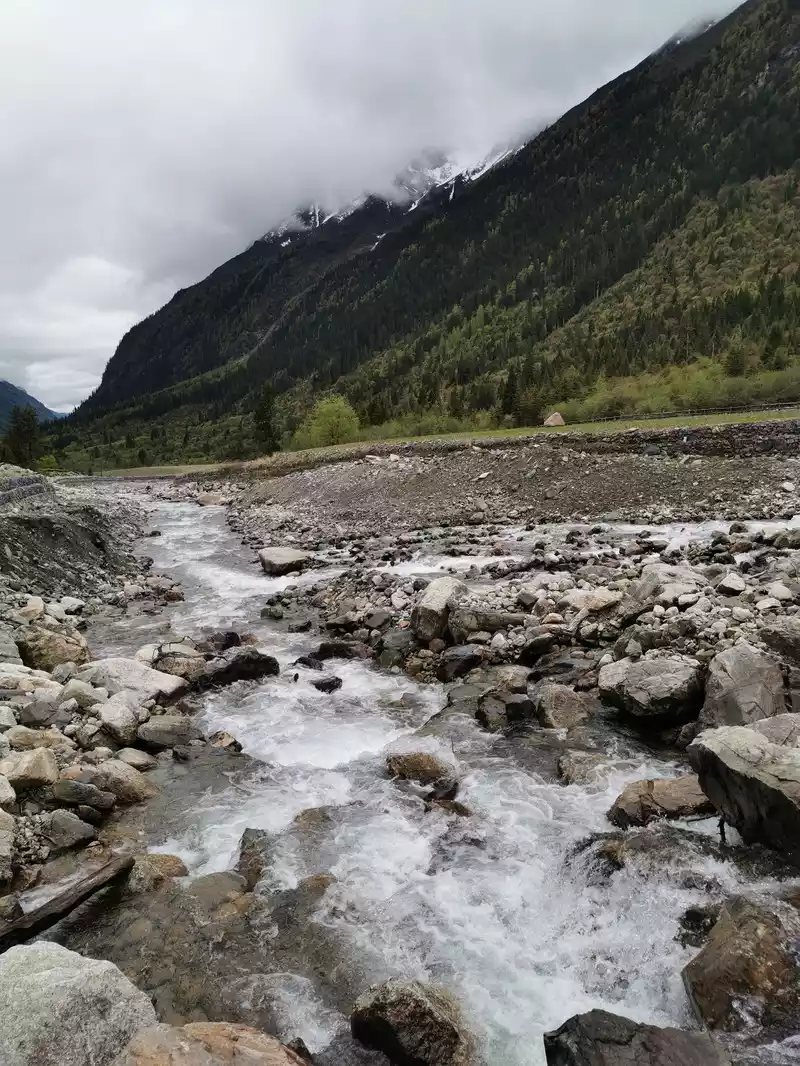
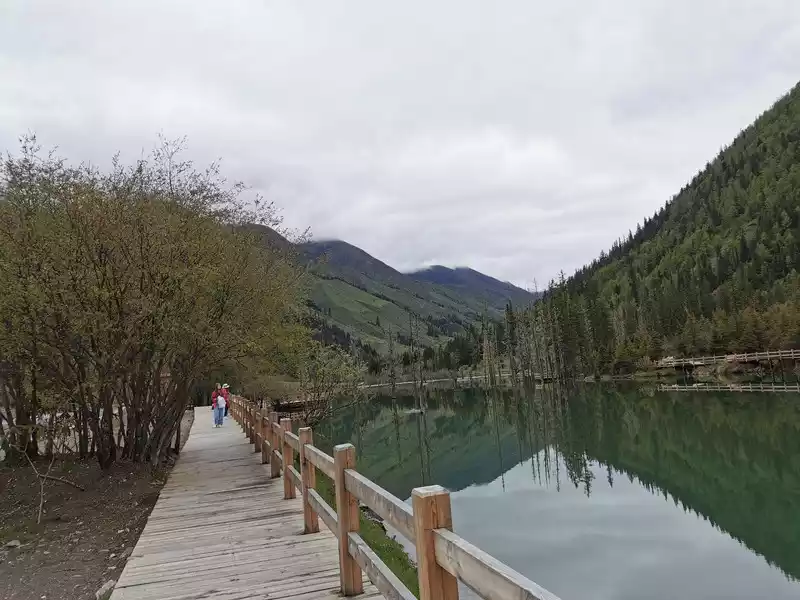
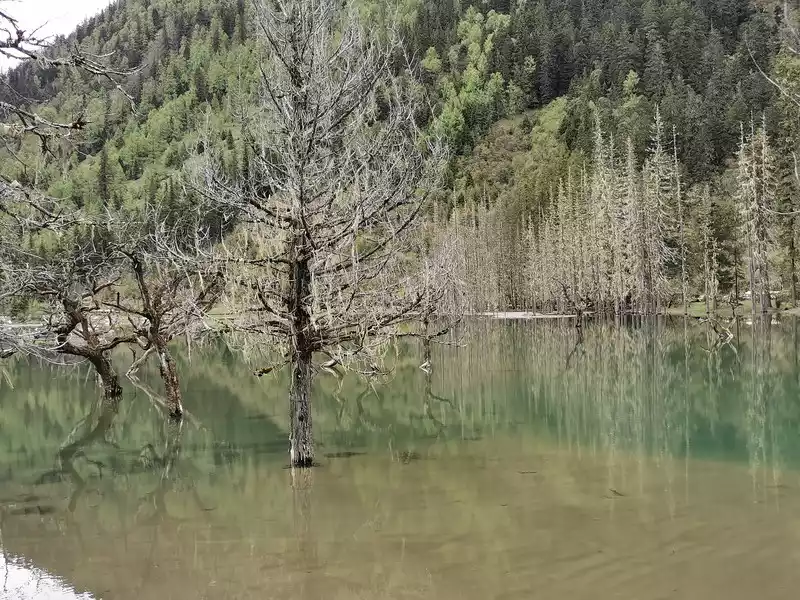
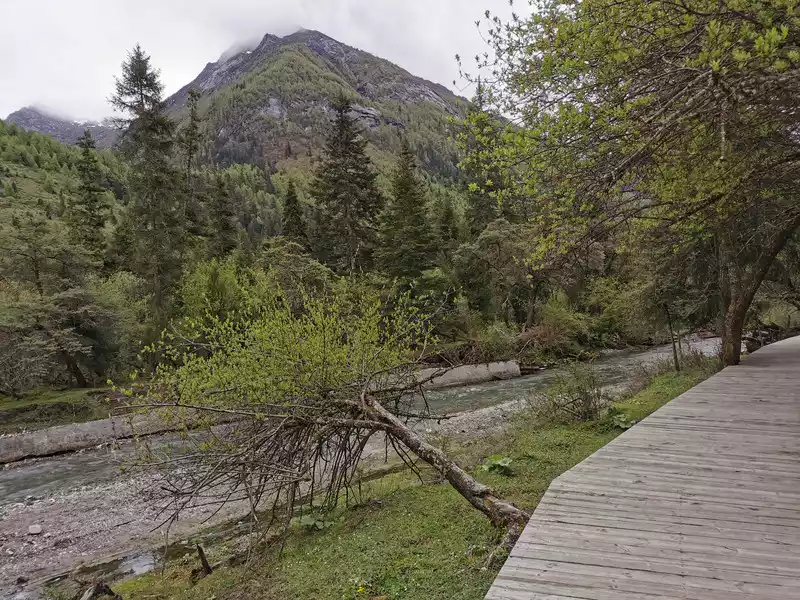
Fish Dam, the most impressive place in Shuangqiaogou this time. Walking along the 1.8-kilometer-long plank road, the grass is everywhere, the wildflowers are fragrant, the stream is gurgling, the cattle and sheep are leisurely, and the grassland, meadows, woods, waterfalls, and snow-capped mountains are accompanied, as if you have come to the legendary Shangri-La.
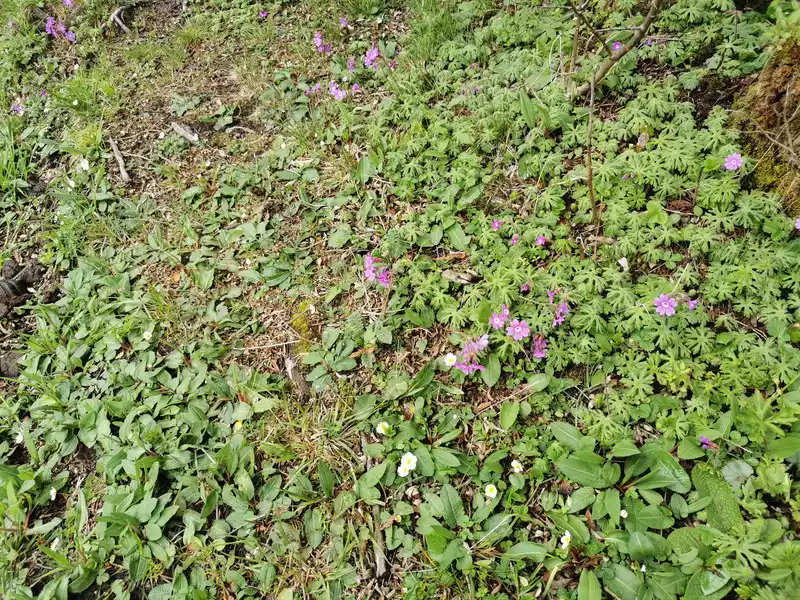
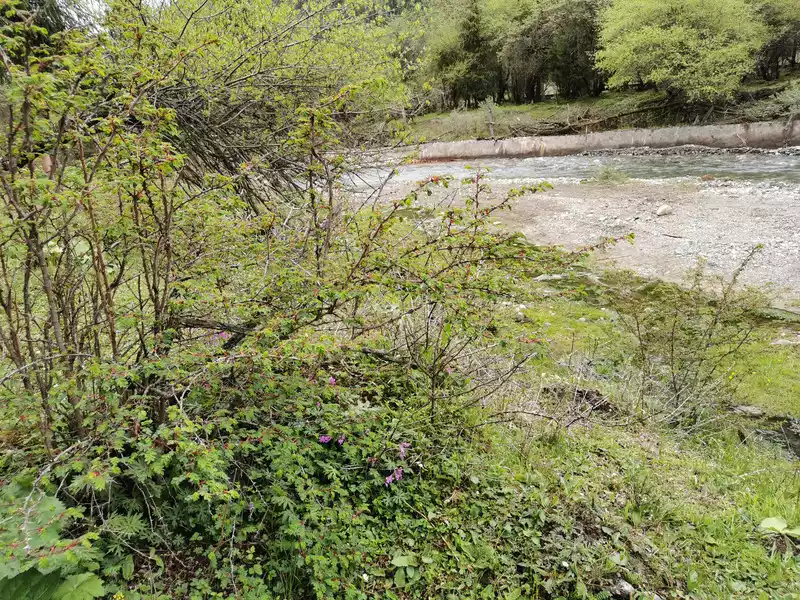
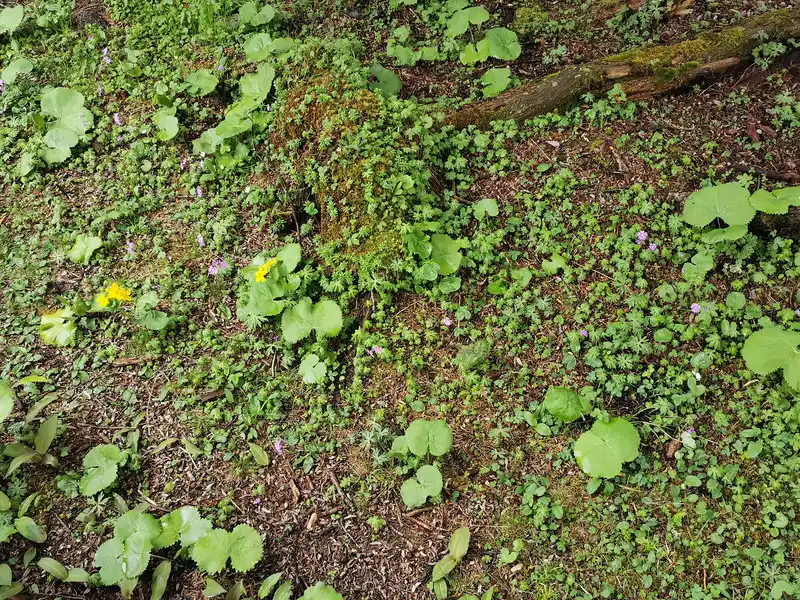
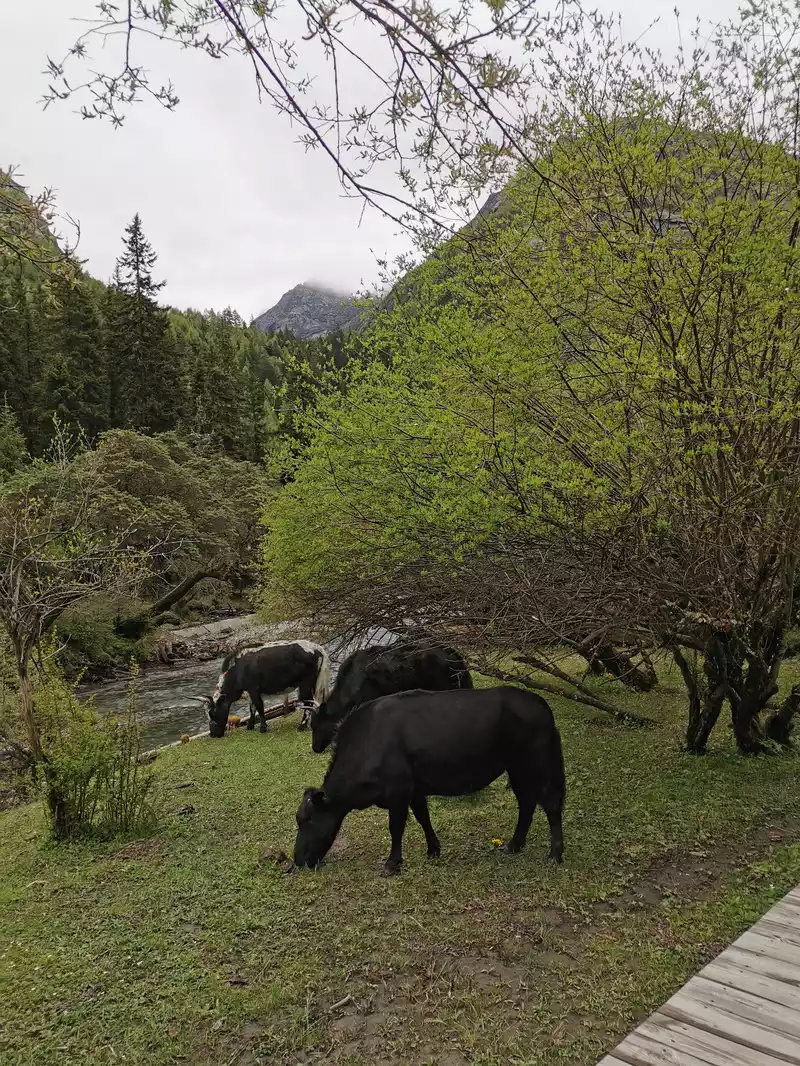
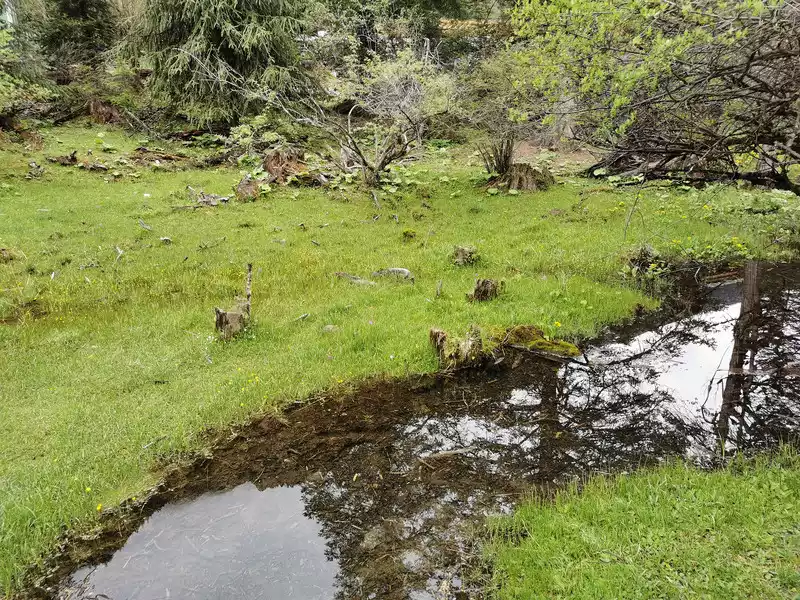
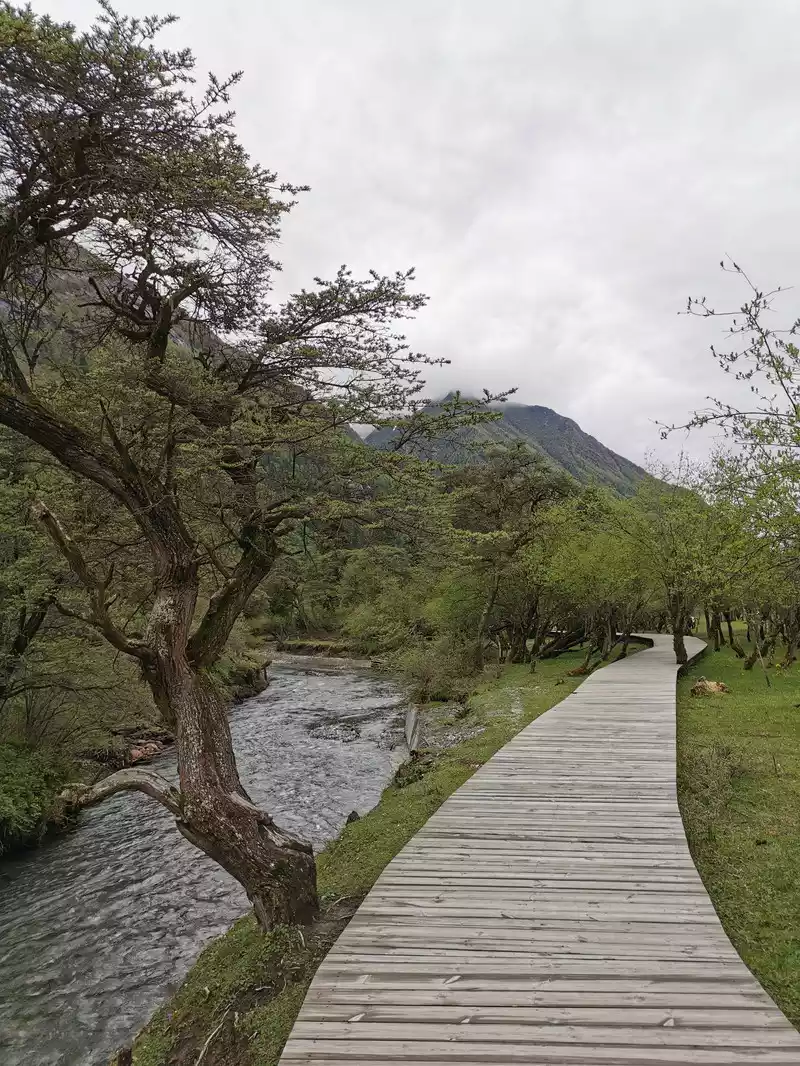 The
The name "fishing dam" comes from a fishing method. In the past, lumberjacks here placed bamboo cages in narrow river sections downstream, and then slapped the water surface with wooden sticks upstream to drive the fish into the cage, which was "catching fish".
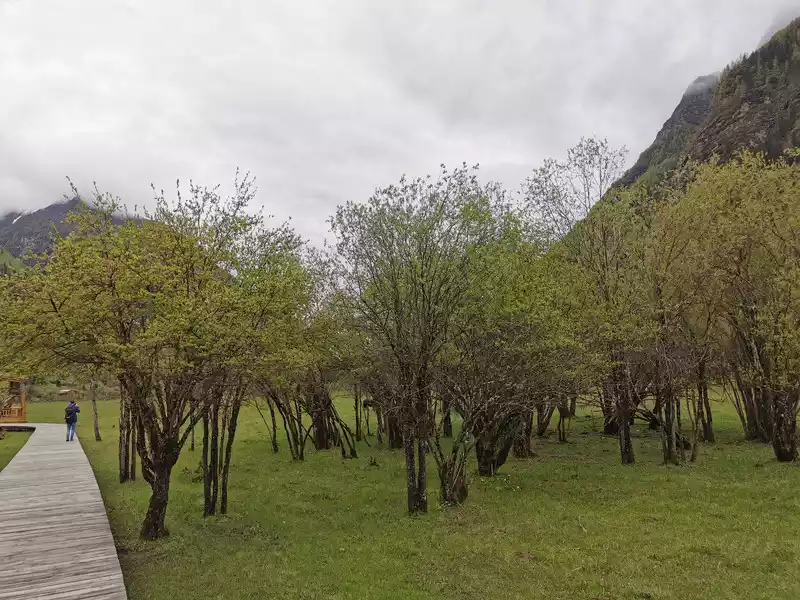
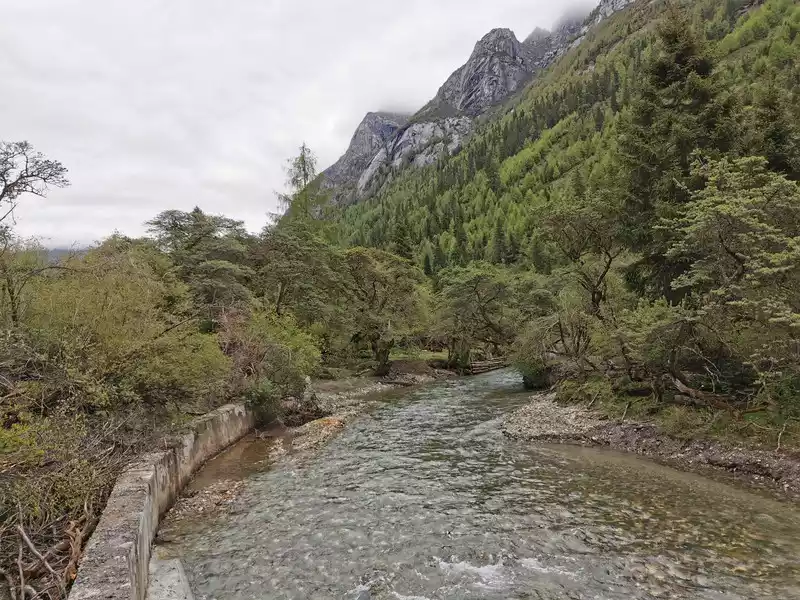
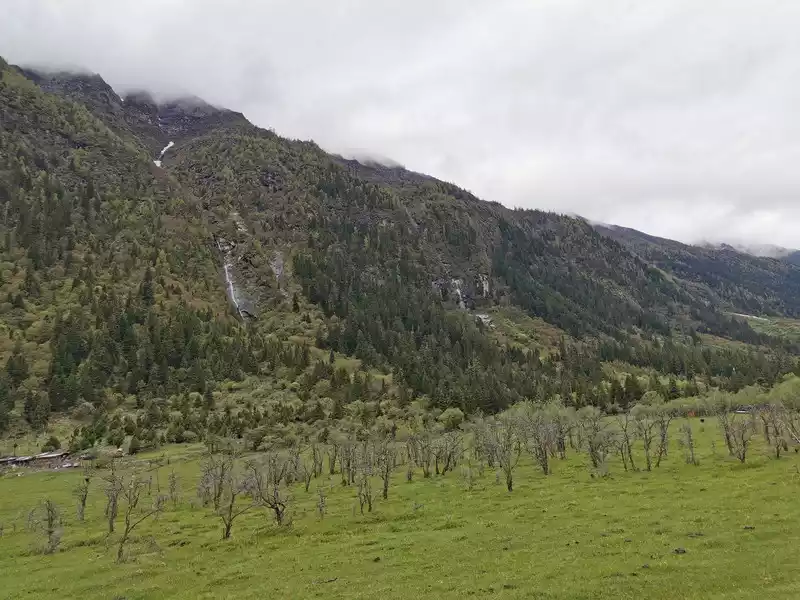
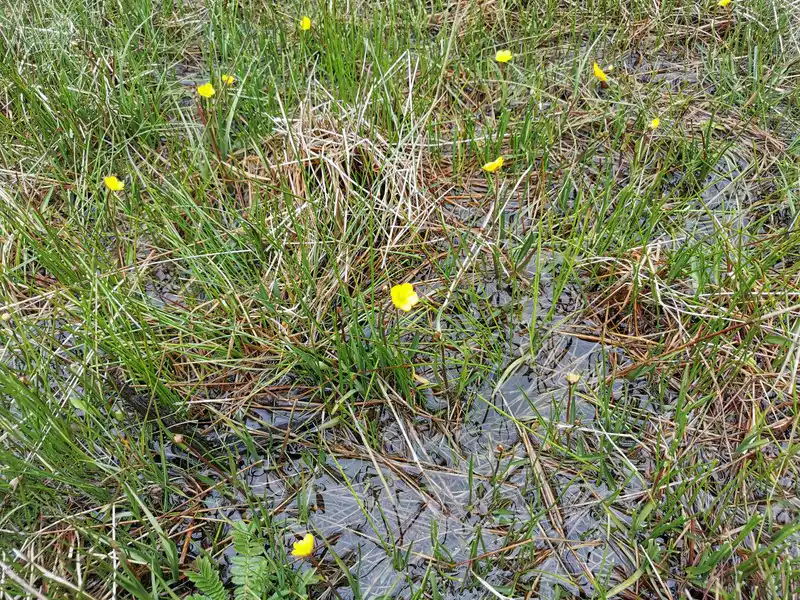
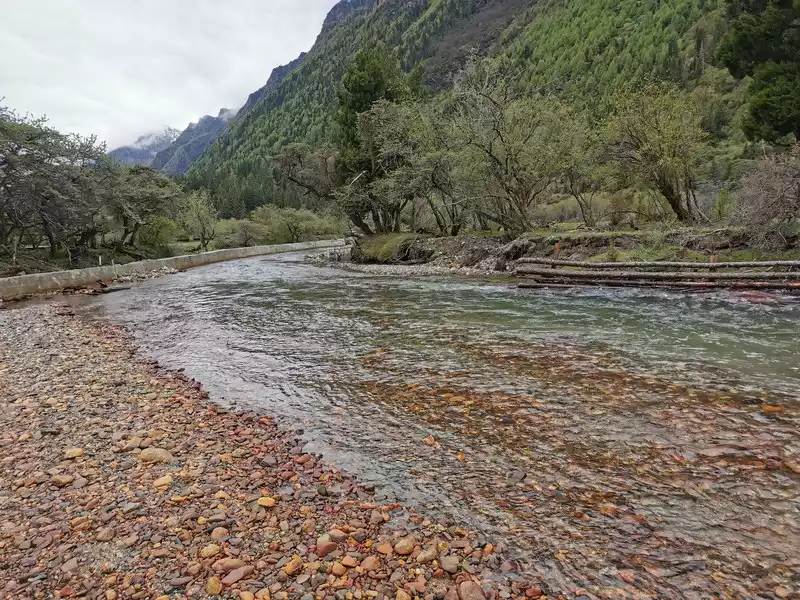
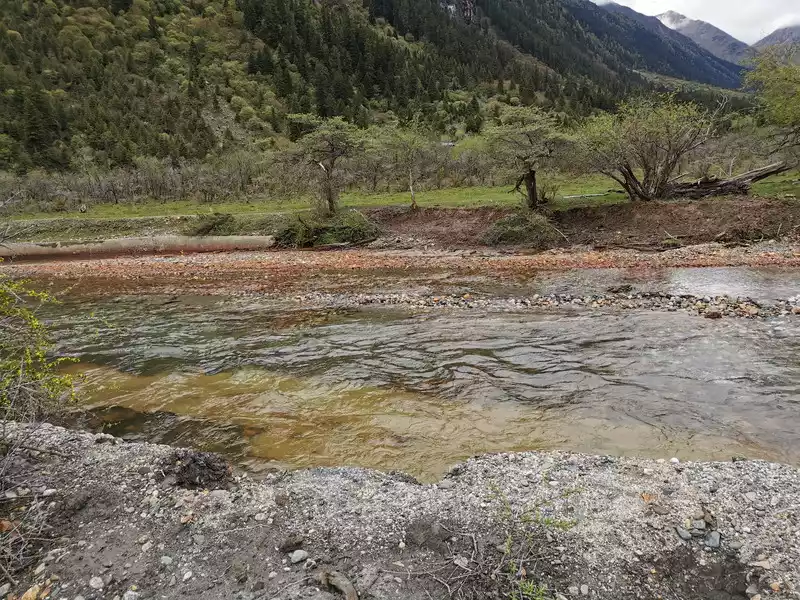
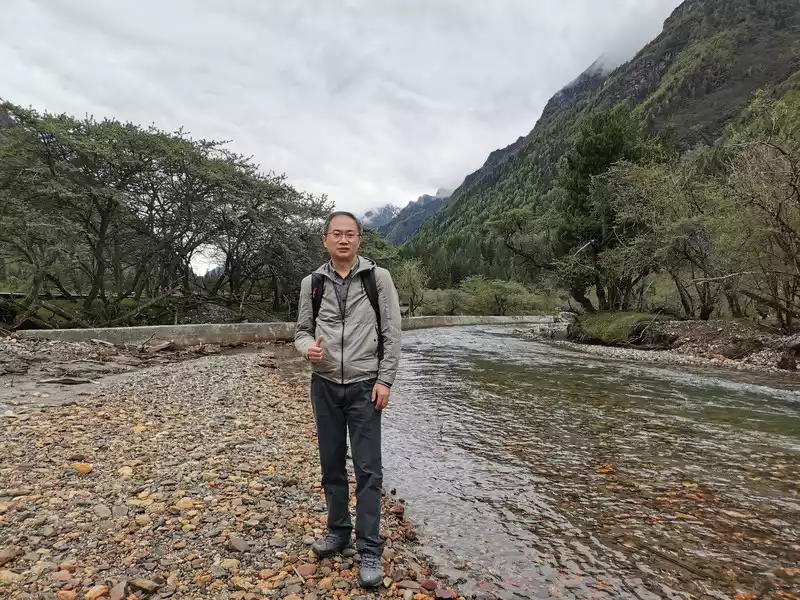
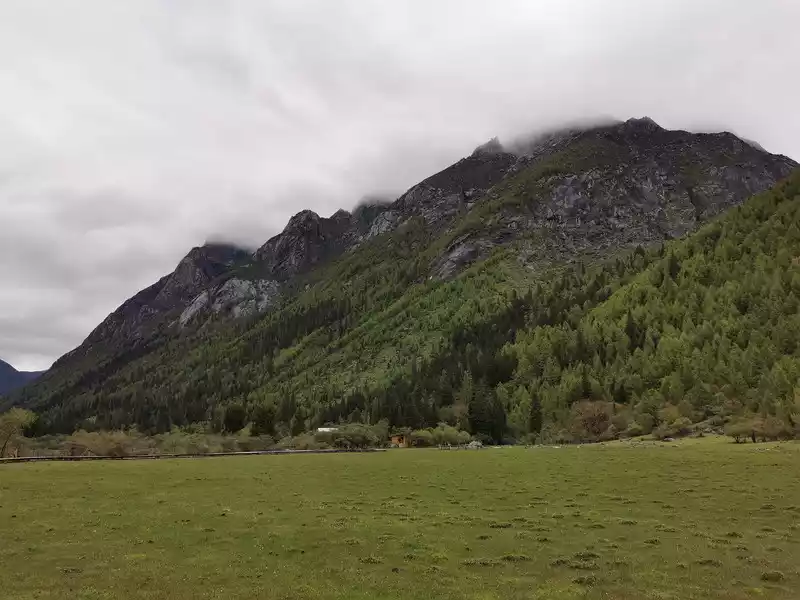
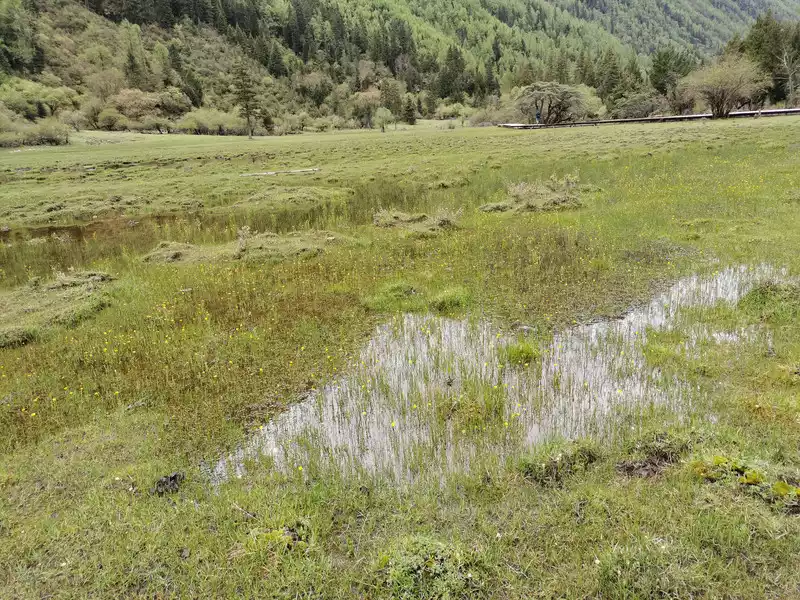
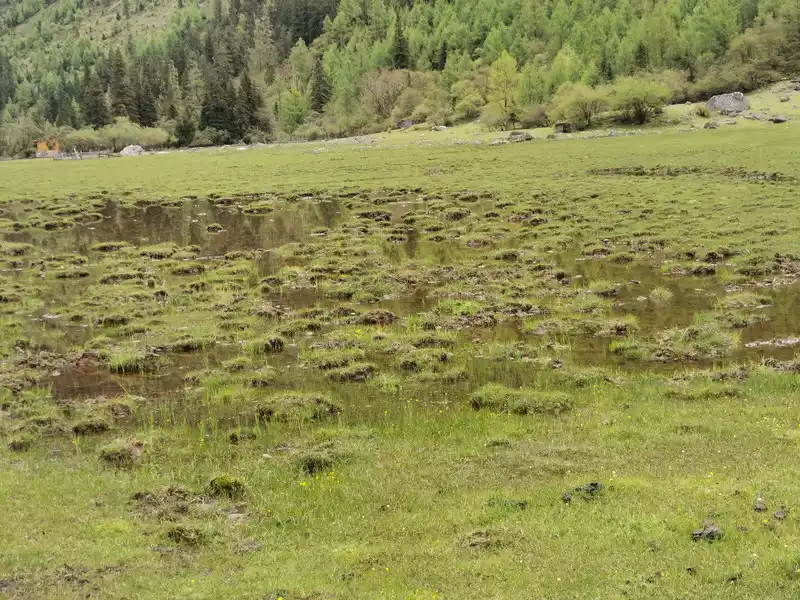
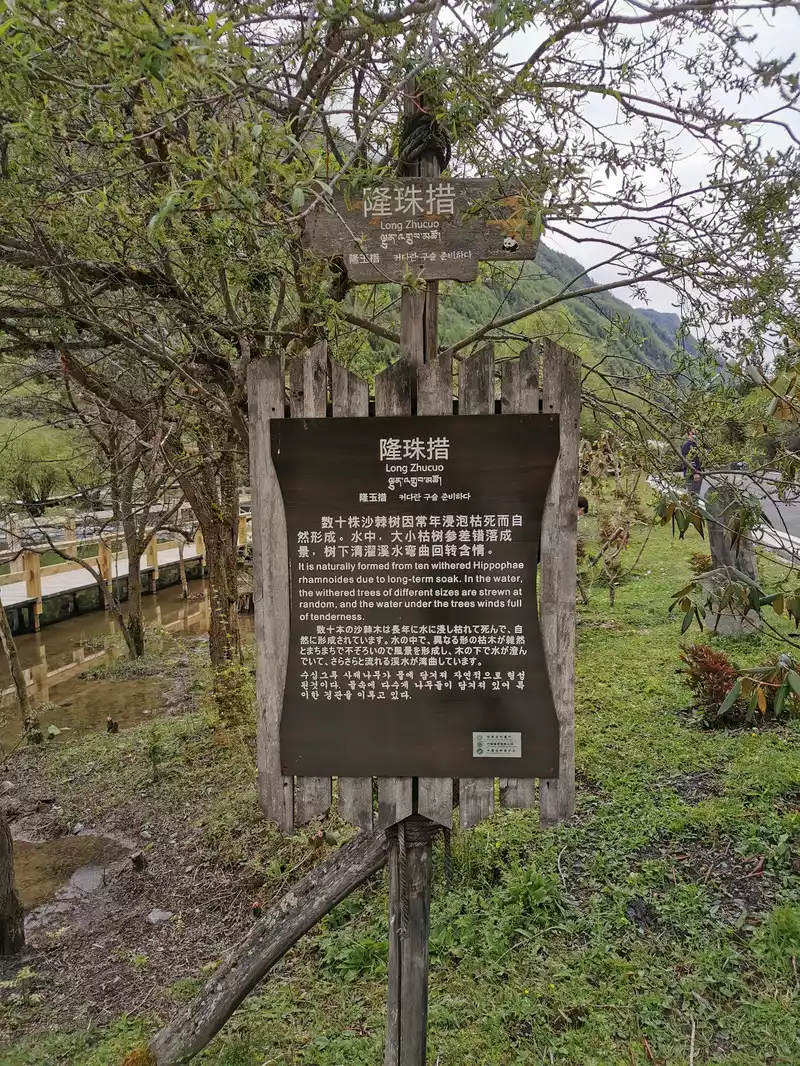 The
The highlight of Longzhucuo is the withered and not fallen sea buckthorn tree, reflected in the mirror-like stream, beautiful and colorful, chaotic and orderly, like a natural bonsai picture, so it is also called bonsai beach.
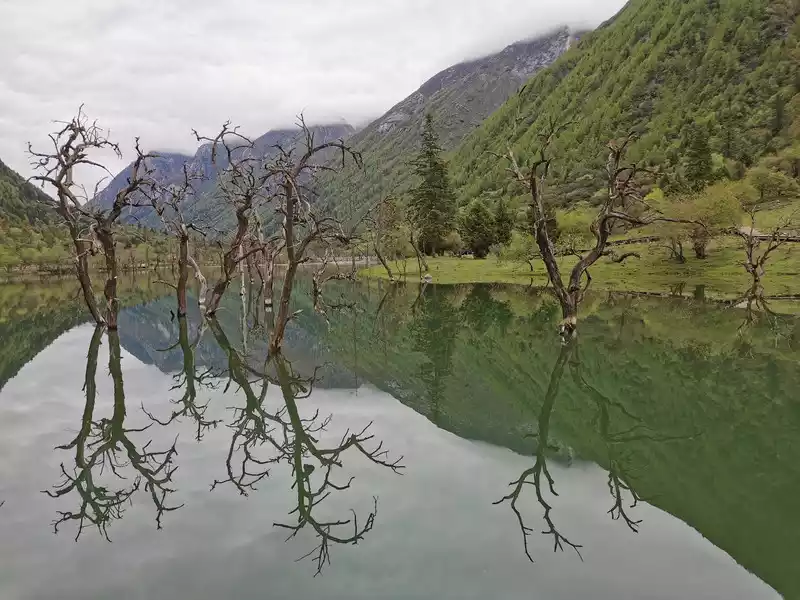
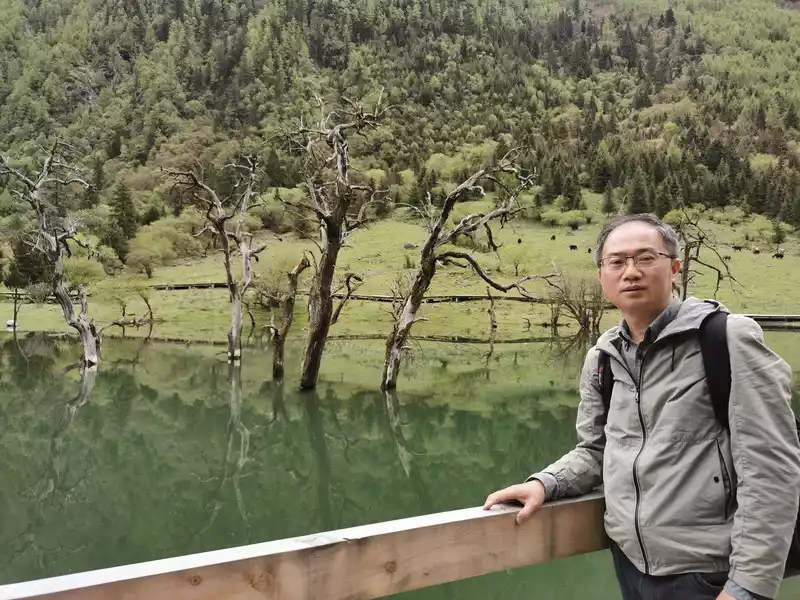
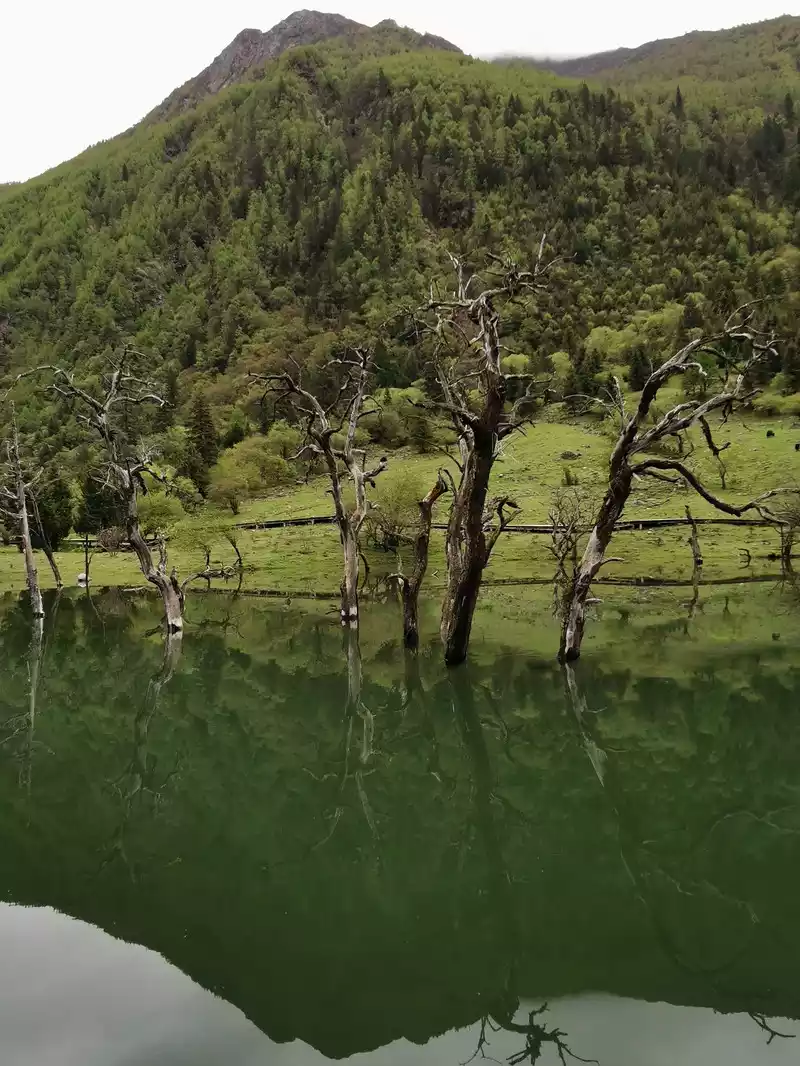 The
The scenery of Longzhuco is a bit similar to that of Siguna Cuo, but the "high cold" of Siguna Cuo can only be seen from a distance, and the people-friendly nature of Longzhu Cuo makes people approach.
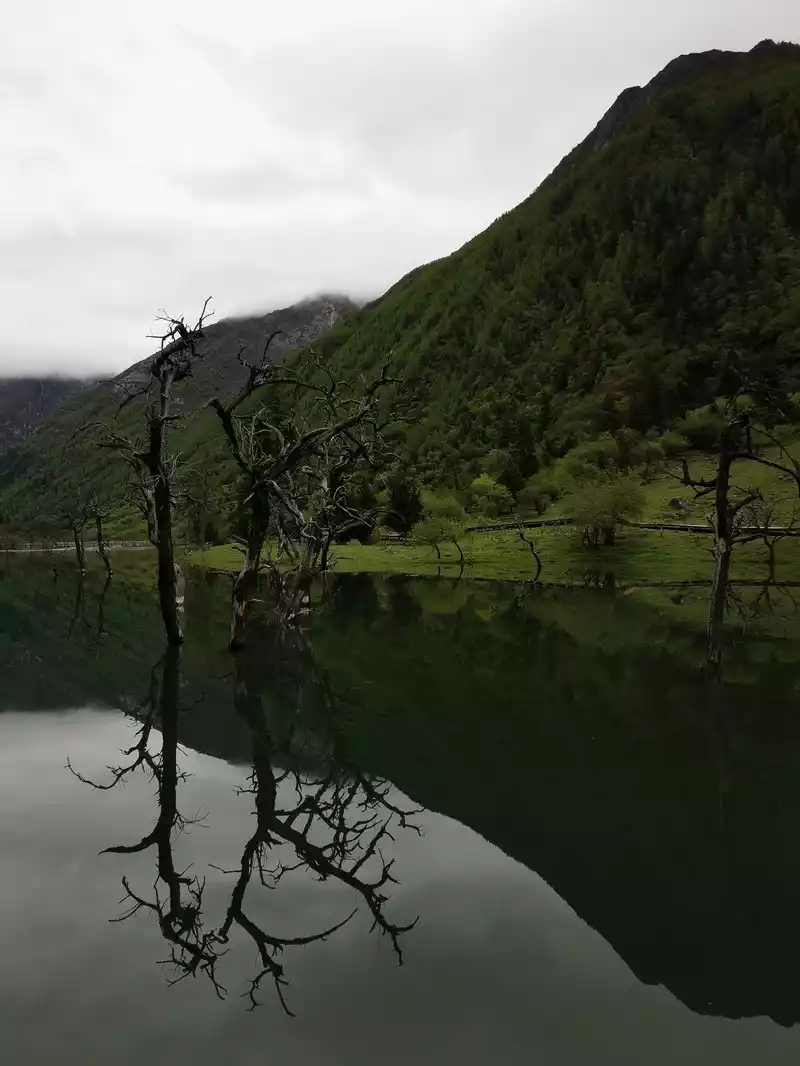
The last attraction is the ginseng fruit flat. Under the vast meadow, there grows a precious Rosaceae ground stem plant "Goose Down Potentilla", which the Jiarong Tibetans call ginseng fruit.
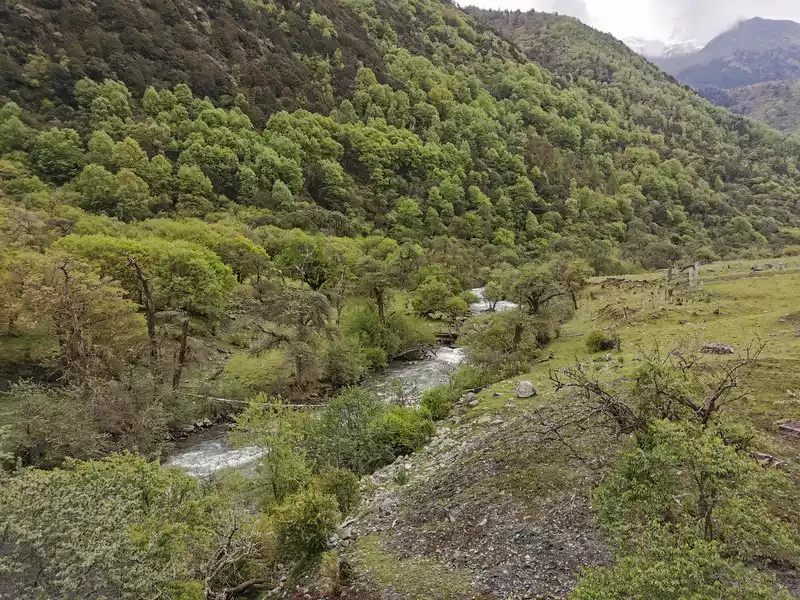
This is near Mizoguchi, covering an area of 15 hectares, with a wide view and a proper photo spot. Unfortunately, most people rushed back after watching the flowers. Just because of the covetousness of the scenery in the front, now I find that there is not enough time, and the typical head and tail are not worth the end and lack of planning.
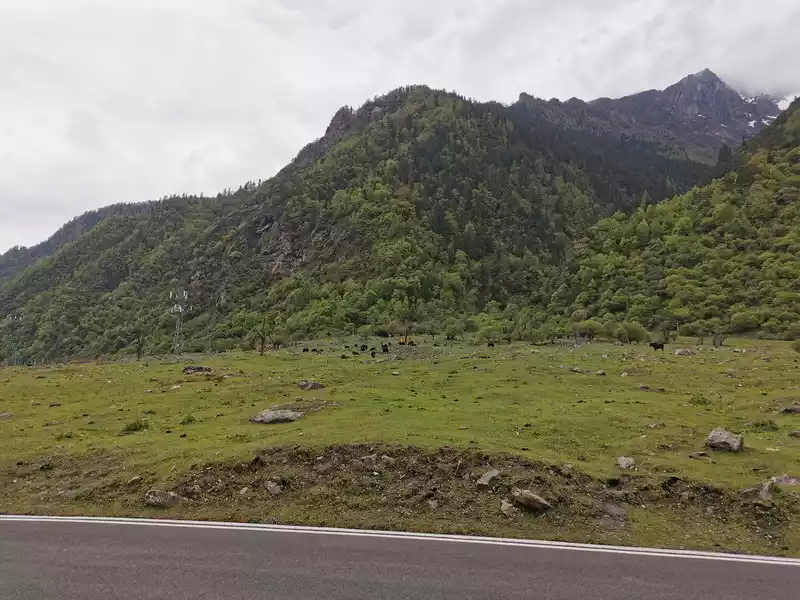
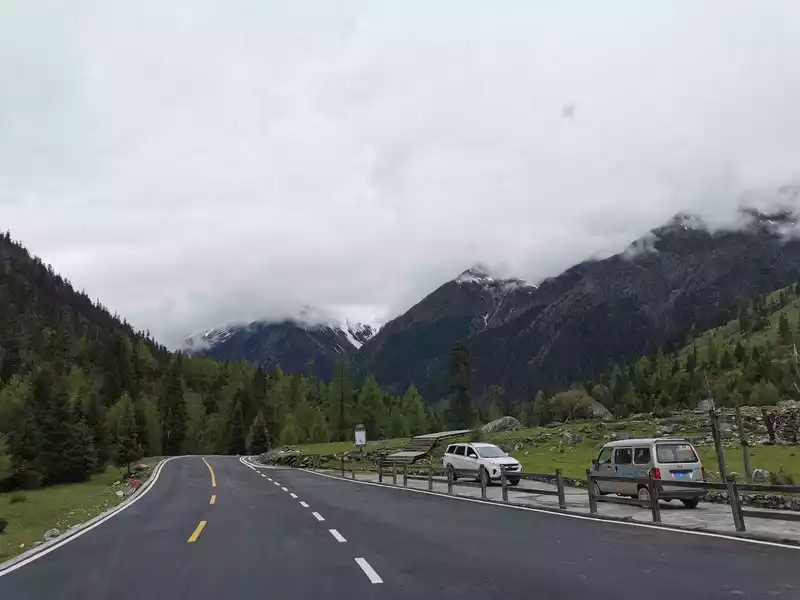
Seeing this, you may be curious, where are the two bridges, Shuangqiaogou, Shuangqiaogou? I also asked many people to find out that there are two wooden bridges across the Zanla River, one is a willow bridge made of willow wood, and the other is a side bridge made of sequoia wood, the picture is as follows.
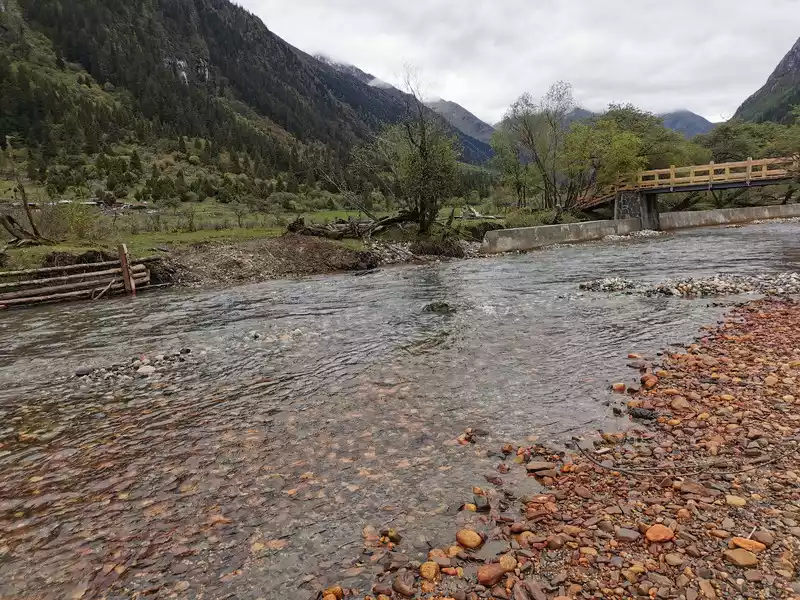
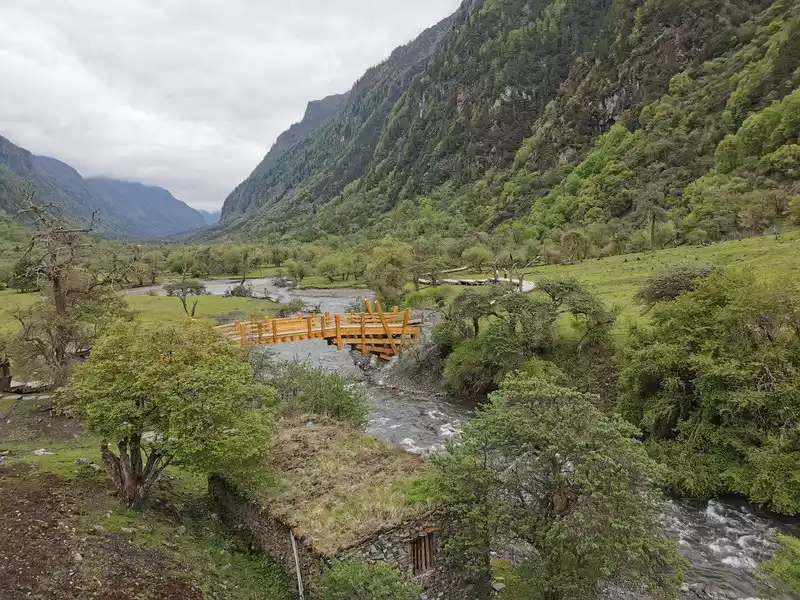
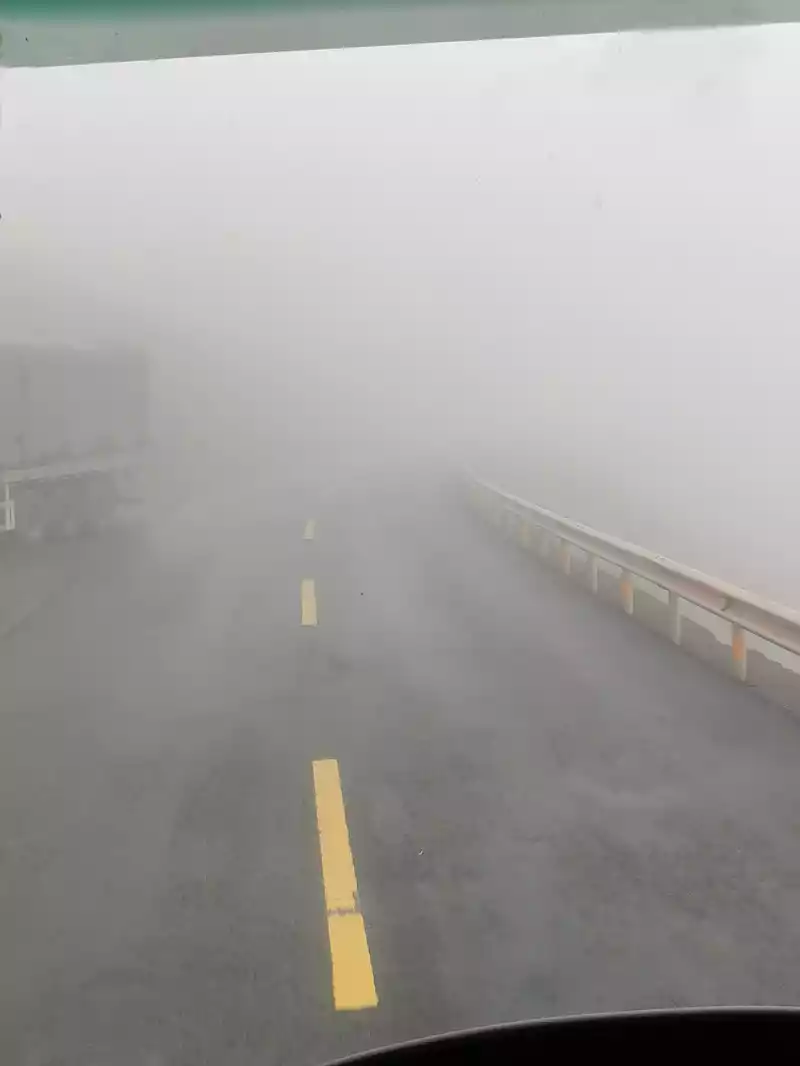
On the way back, fog enveloped us.
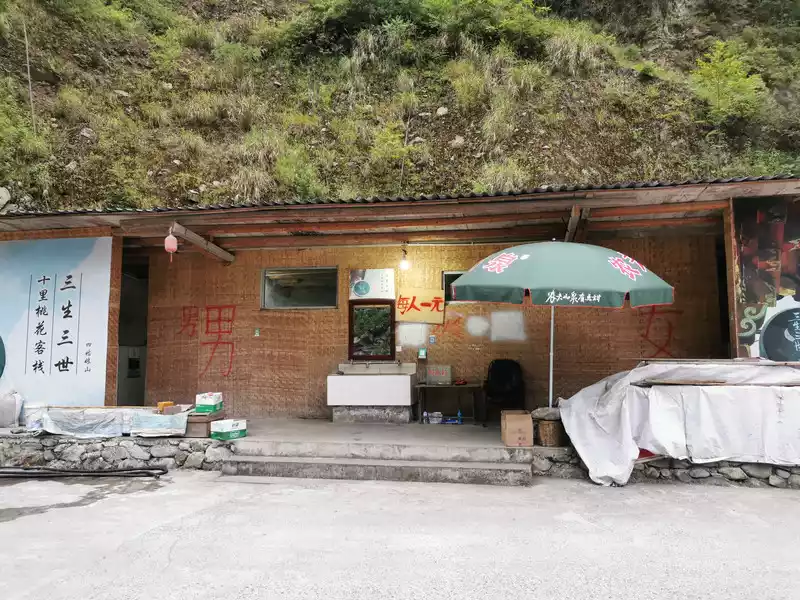
"Singing" (going to the toilet) is given as usual, it doesn't matter if you don't bring change, you can pay on WeChat.
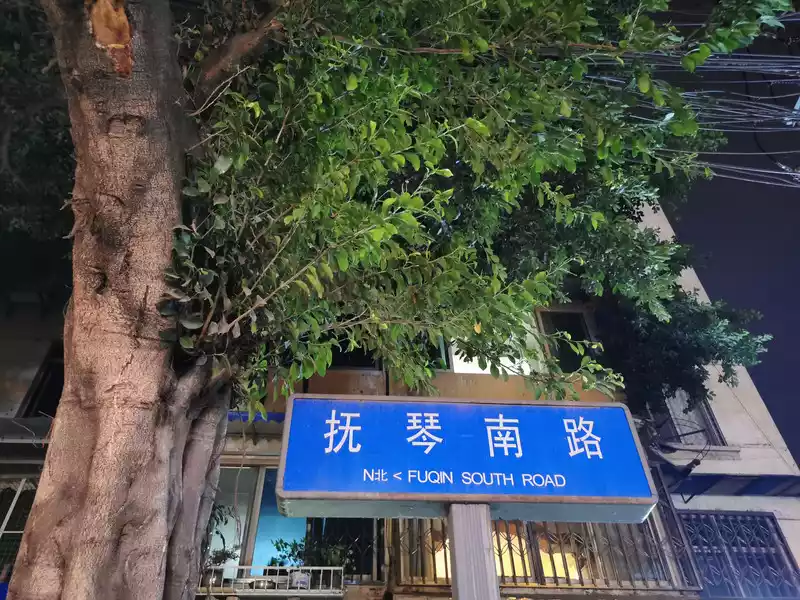
Return to Chengdu in 3 hours. Dinner is a bowl of beef rice noodles, 13 yuan.
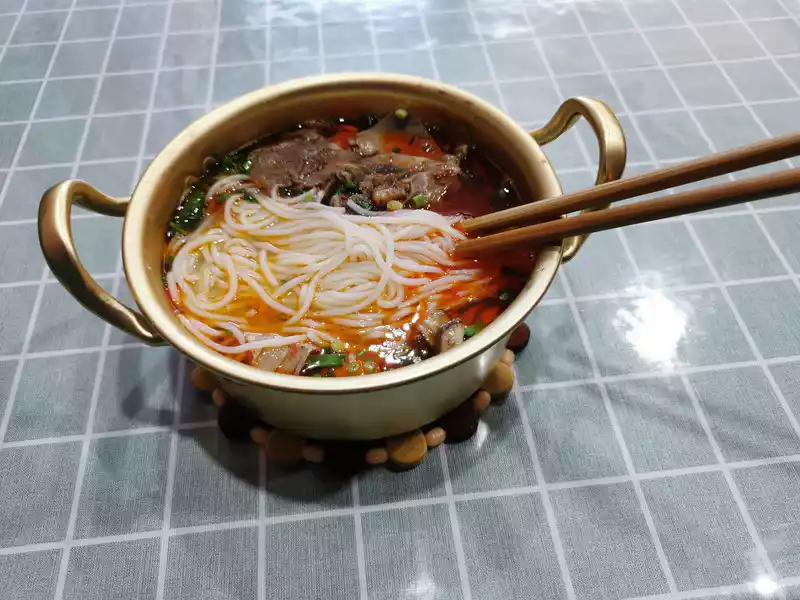
Goodbye, Chengdu
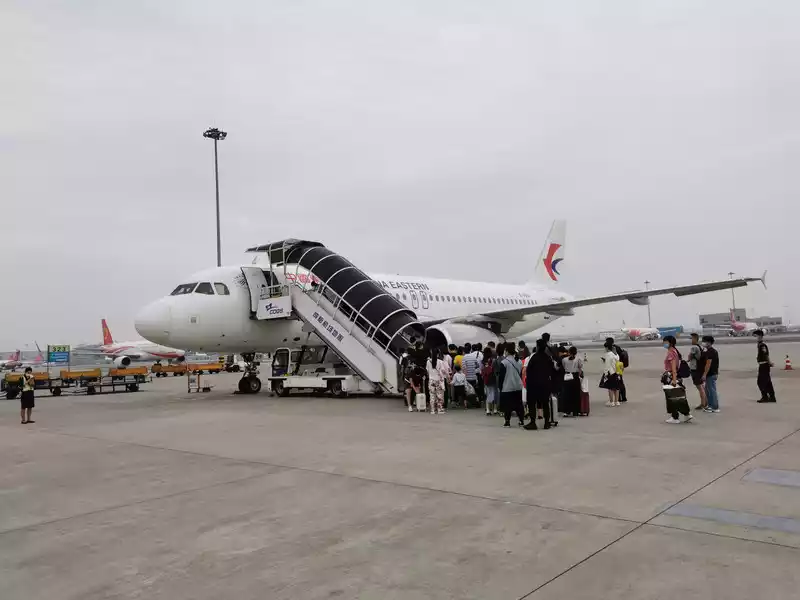

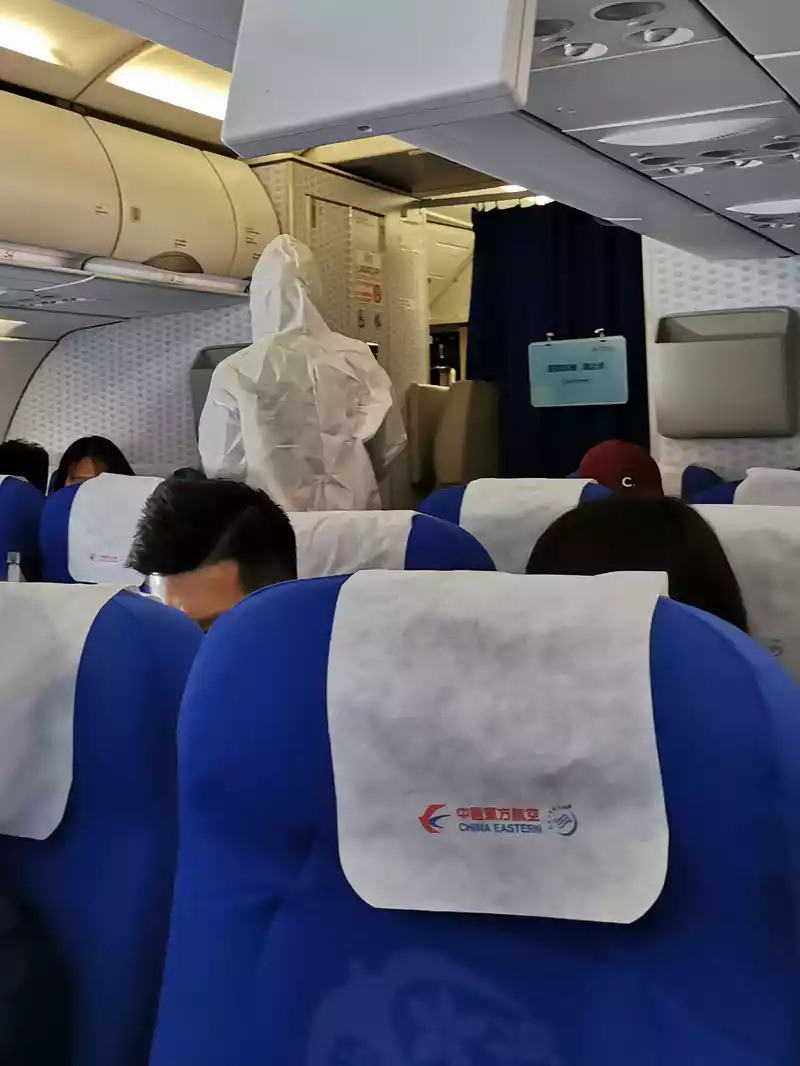
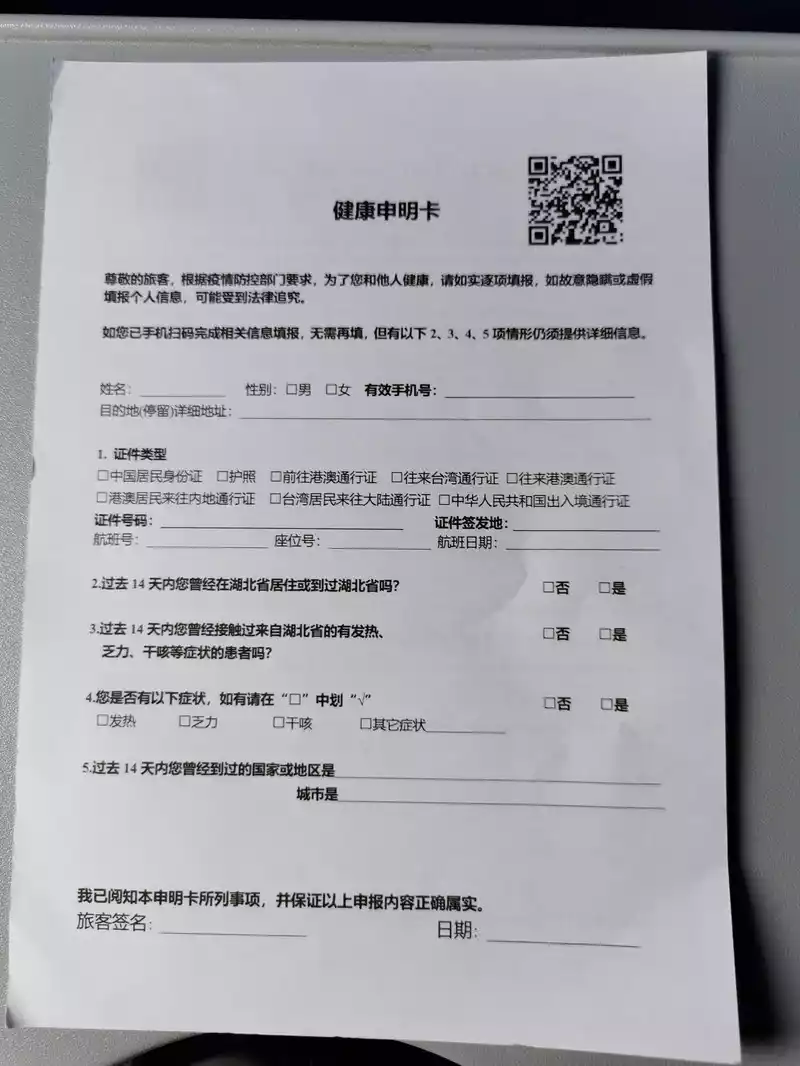
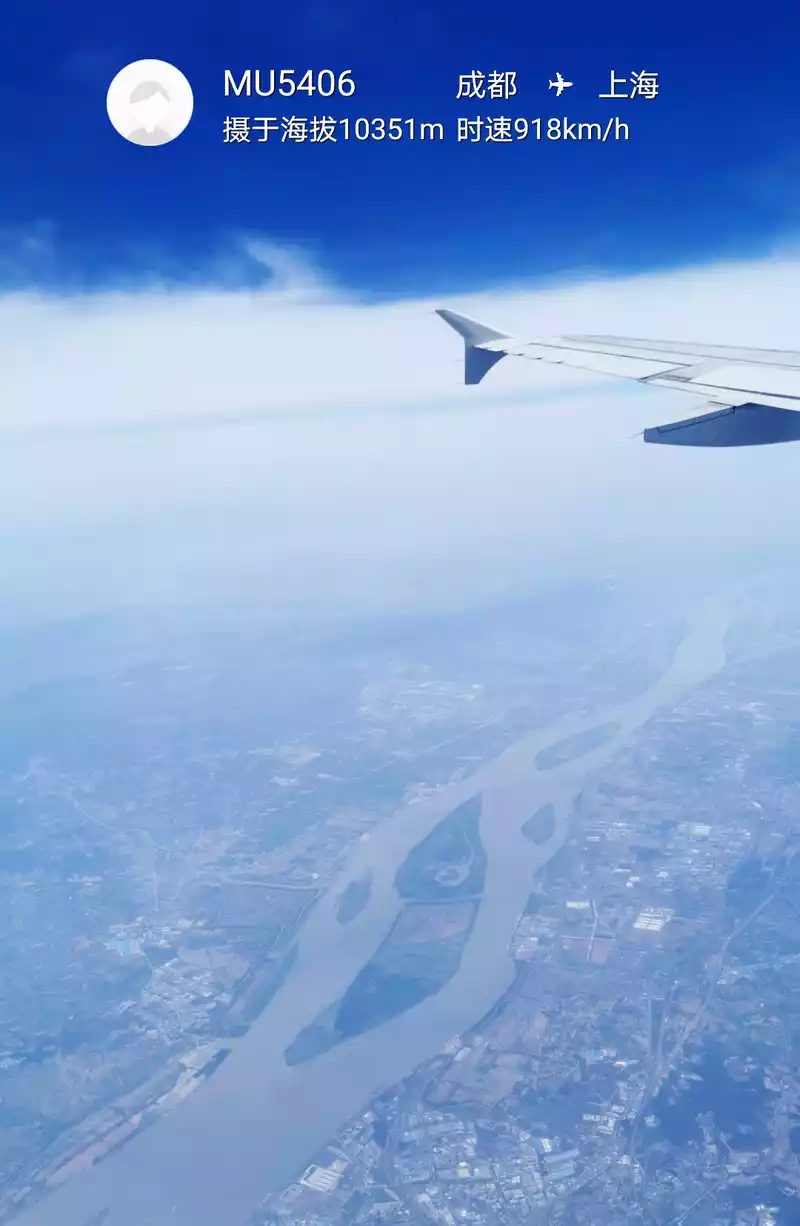
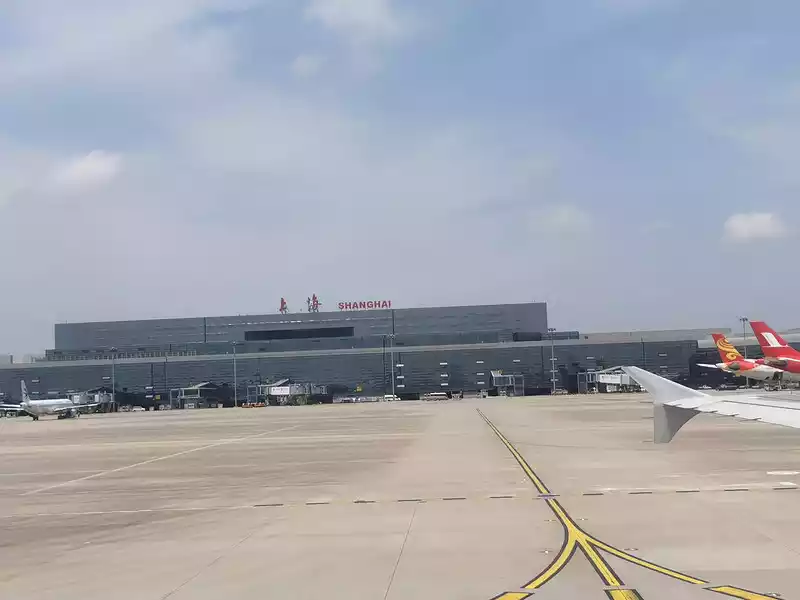
Thanks for reading.
Number of days: 8 days, Average cost: 6400 yuan, Updated: 2023.11.03
Number of days: 11 days, Average cost: 10,000 yuan, Updated: 2021.11.18
Number of days: 4 days, Average cost: 900 yuan, Updated: 2020.08.15
Number of days: 1 day, , Updated: 2021.06.29
Number of days: 18 days, Average cost: 8000 yuan, Updated: 2024.05.08
Number of days:7 days, , Updated: 2022.07.07